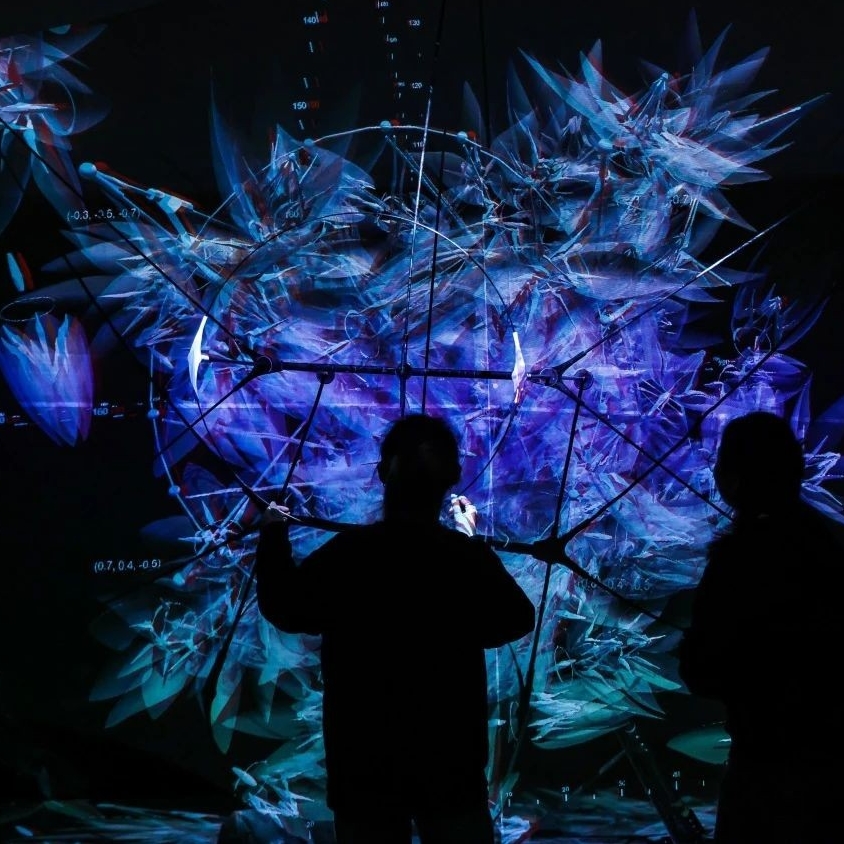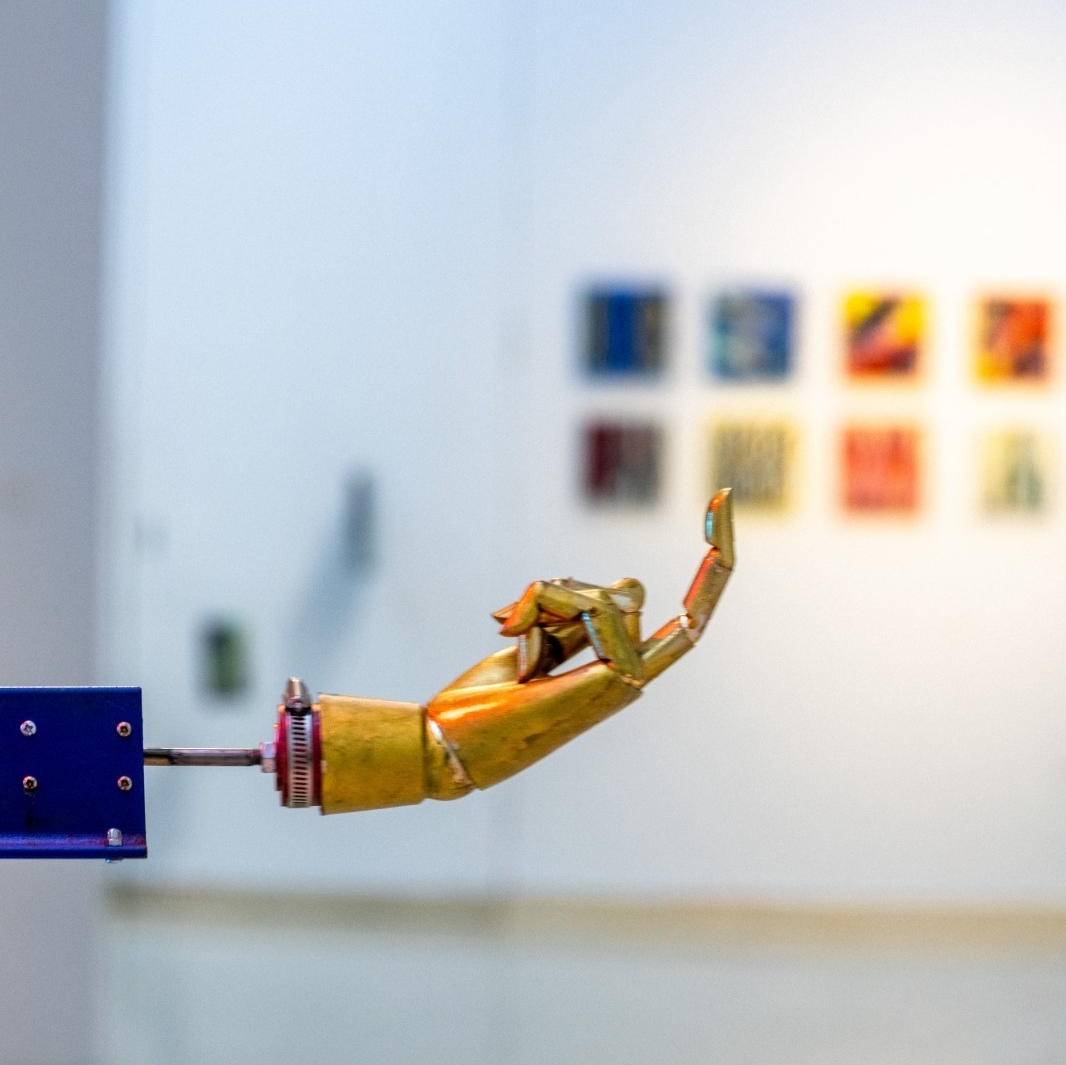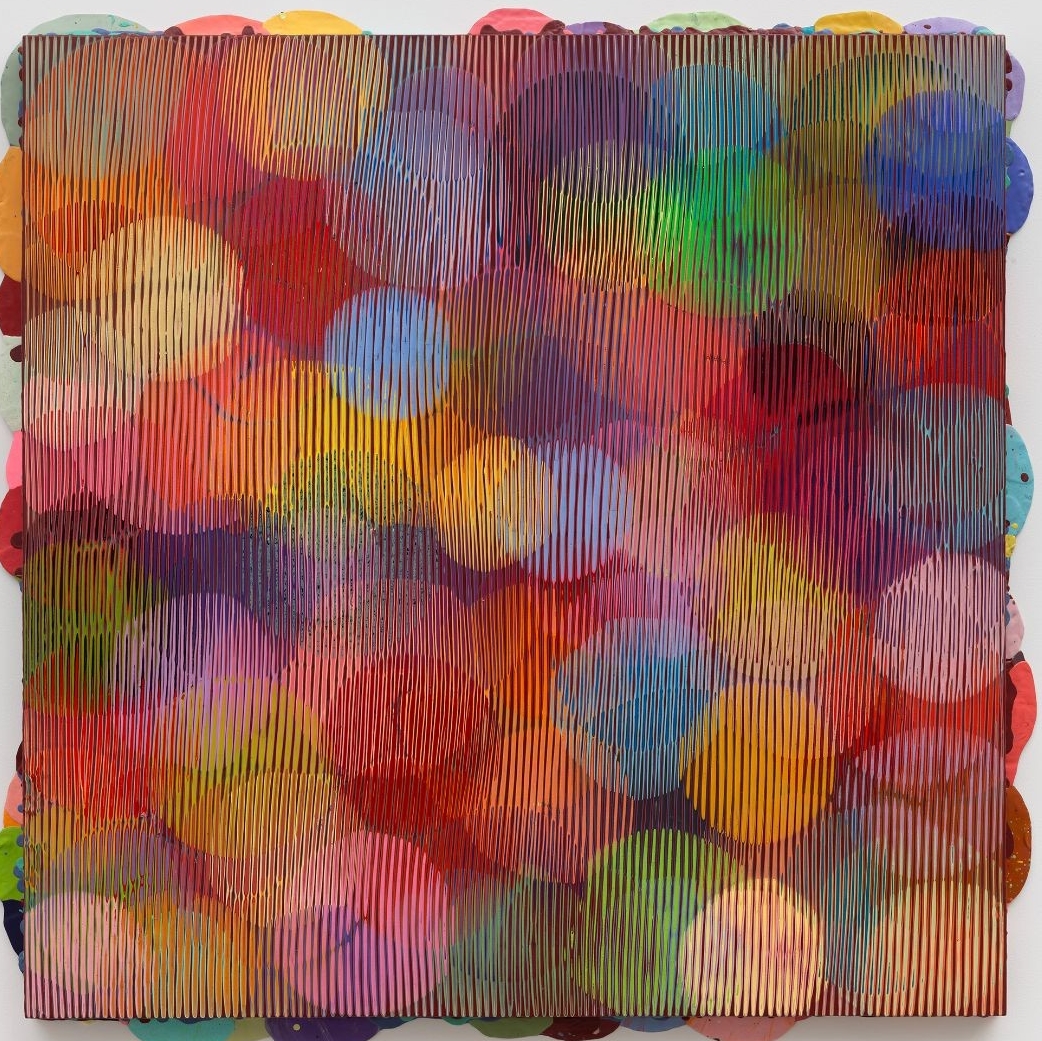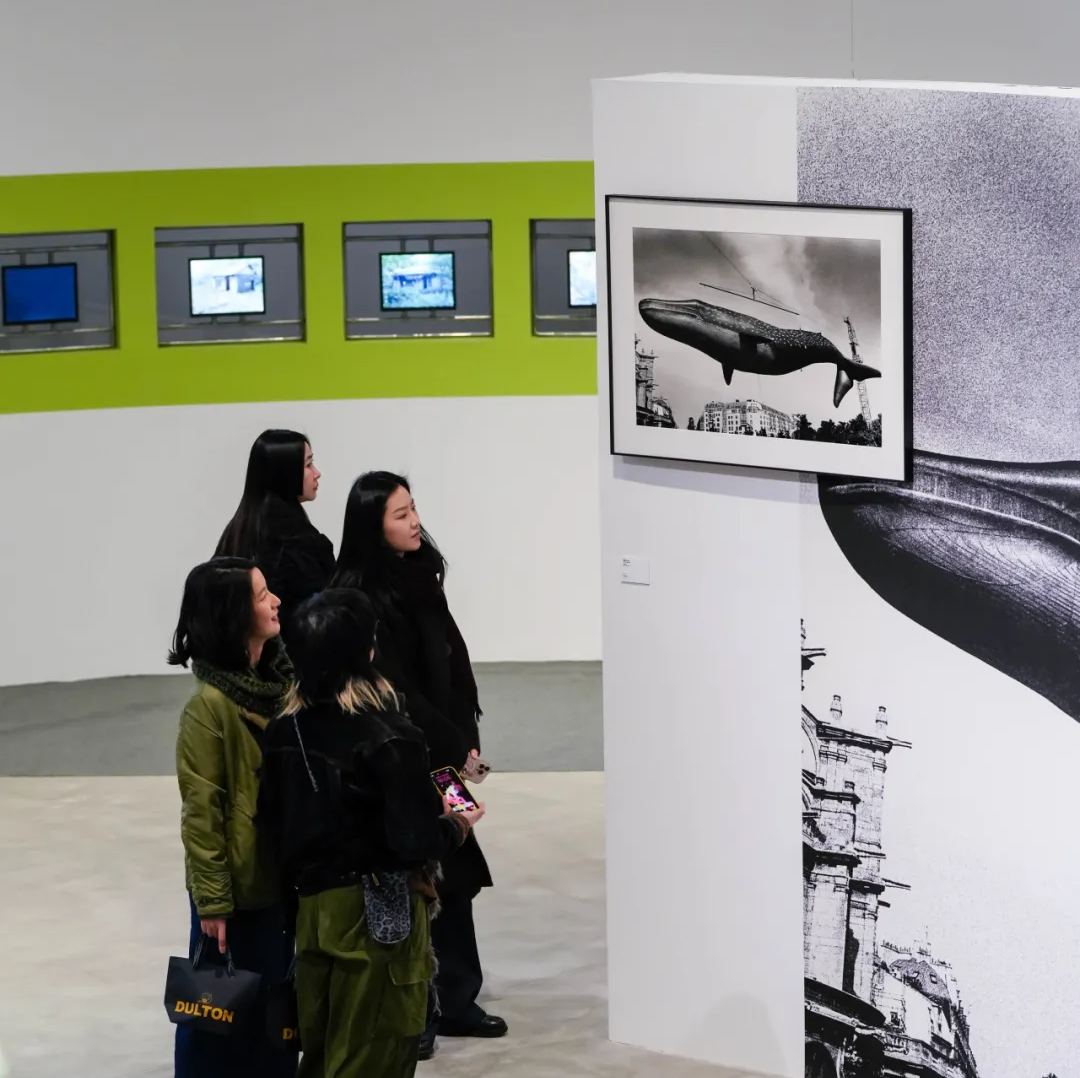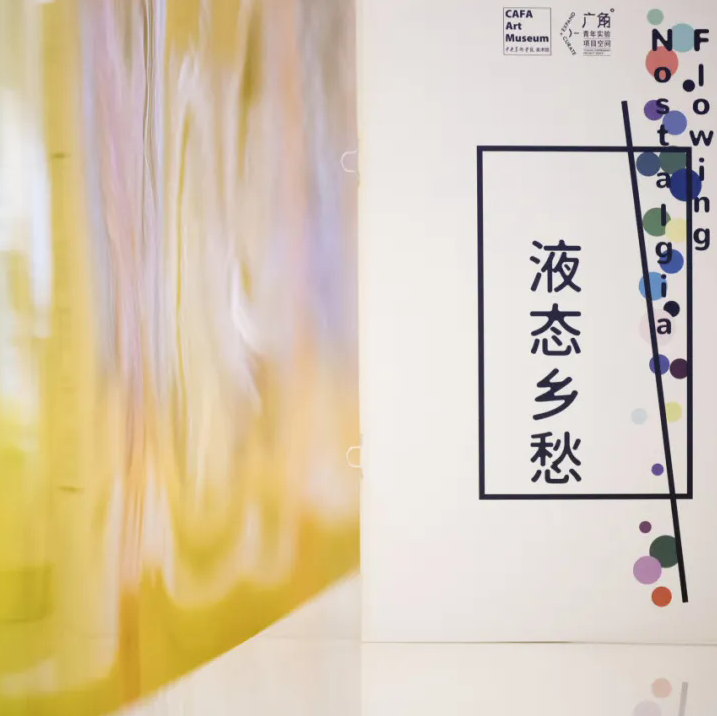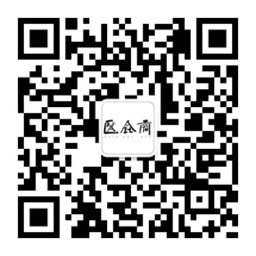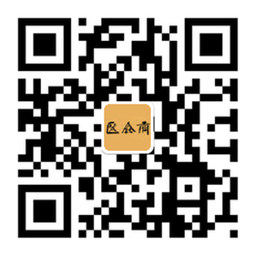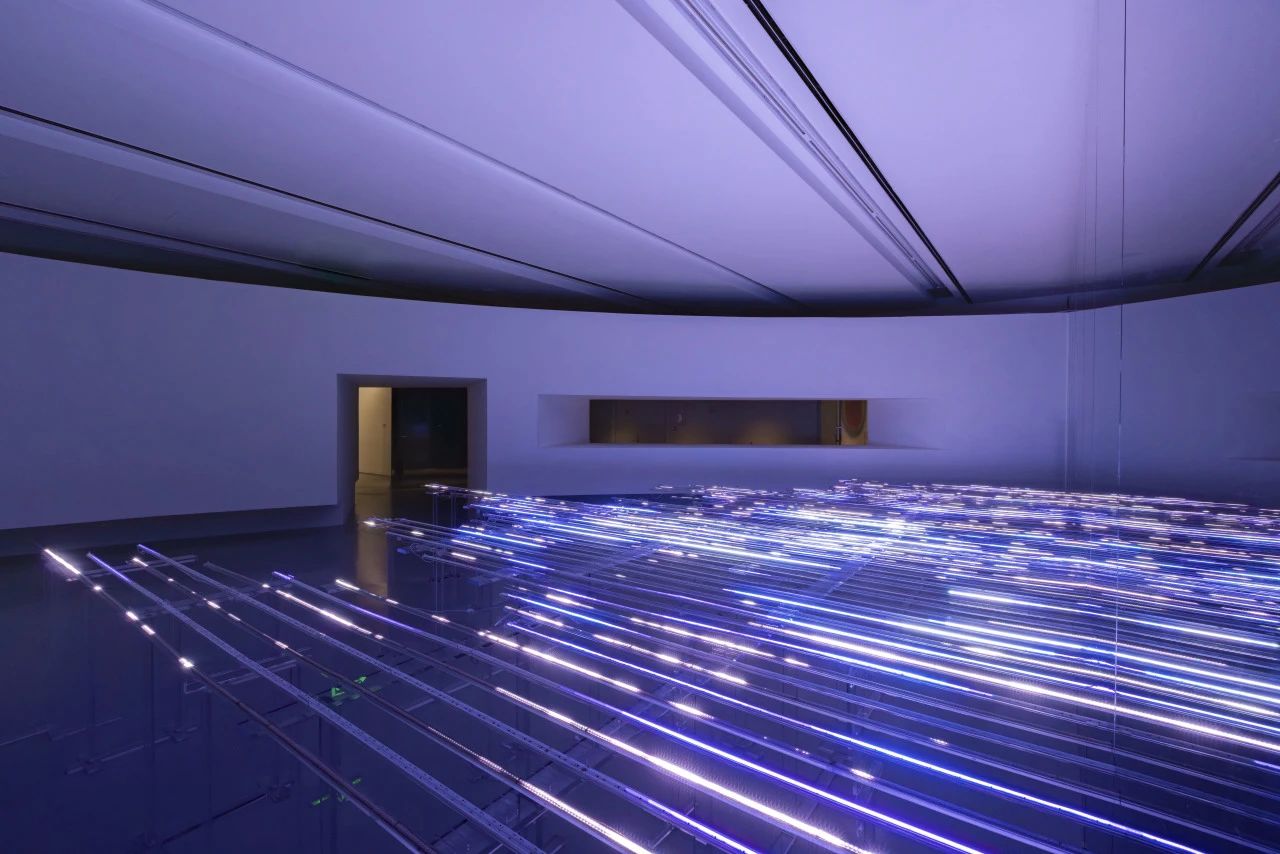 Exhibition View of “Creative Machine”, Image Courtesy Taikang Art Museum
Exhibition View of “Creative Machine”, Image Courtesy Taikang Art Museum
From November 15, 2024 through to February 28, 2025, “Creative Machine”, an international large-scale exhibition focusing on AI, robotics, computer art, and creativity, makes its Chinese debut at the Taikang Art Museum. Over the past six decades, AI art has accomplished the transformation from conceptions to splendid achievements while the future of human-machine relationships continues to fascinate the public. When AI brings convenience to life, it keeps putting forward questions: What will the human society be in the age dominated by AI? Is it human dominance over AI? Or is AI dominating the production of human society? And in the field of art, will the future of AI become a human-driven creative tool, or will it replace human beings, or even become new creators?
The exhibition brings together Tang Xin, Artistic Director of Taikang Art Museum; William Latham, digital art pioneer and professor at Goldsmiths, University of London; and senior curator Zhou Yi as co-curators. AI scientist Professor Frederic Fol Leymarie serves as academic director, and artist Han Yajuan as the exhibition consultant. “Creative Machine” aims to explore the “twilight zone of human/machine creativity”. Since its London debut in 2014, the exhibition has traveled to prestigious venues, including the Alan Turing Institute and the University of Oxford, before making its way to Beijing, China, this winter. This marks not only the exhibition’s Chinese premiere but also represents one of Beijing’s first major showcases of creative AI and robotic art.
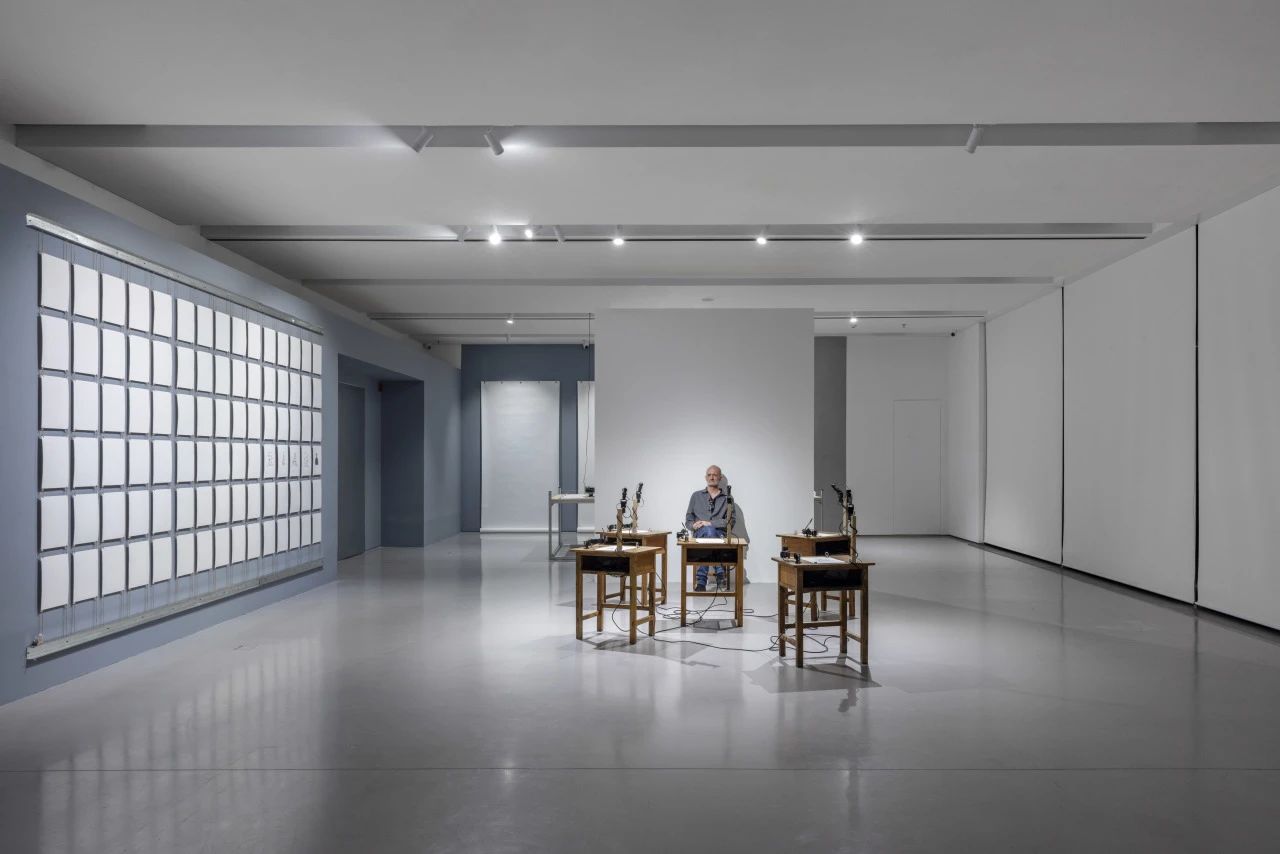
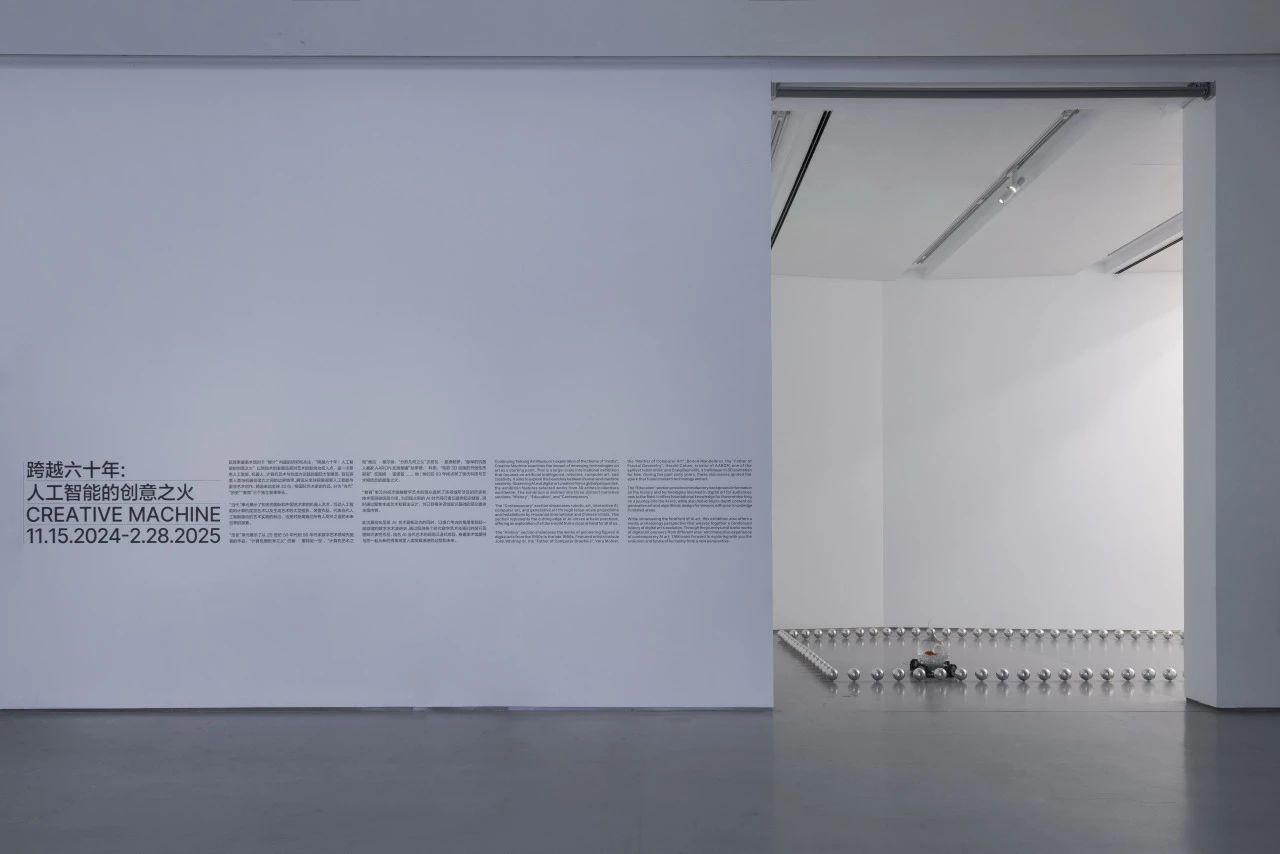
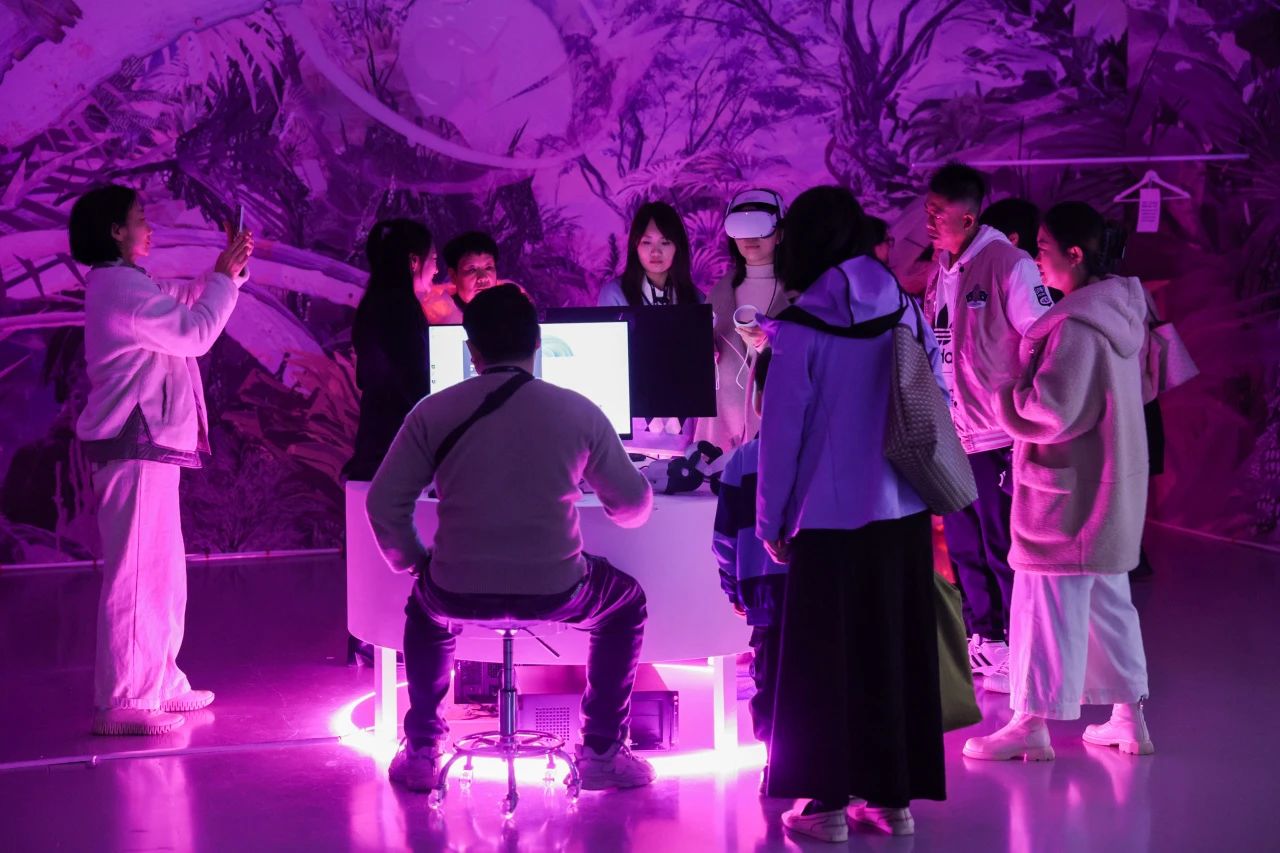 Exhibition View of “Creative Machine”, Image Courtesy Taikang Art Museum
Exhibition View of “Creative Machine”, Image Courtesy Taikang Art Museum
The exhibition unfolds across three independent units: “Historical”, “Education” and “Contemporary”. The “Historical” section chronicles digital art pioneers and their seminal works from the 1950s through the late 1990s, while the “Contemporary” section presents cutting-edge installations, projections, and works by renowned international and Chinese artists working in robotic art, interactive AI, and computer vision. The “Education” section provides both an accessible introduction for newcomers and deeper insights into generative art and algorithm design for more knowledgeable visitors. Stepping into the gallery, visitors encounter pioneers in digital art history: John Whitney Sr, “the father of computer graphics”; Vera Molnar, “the mother of computer art”; Benoit Mandelbrot, “the father of fractal geometry”; Harold Cohen, creator of AARON, the first AI art system; Craig Reynolds, a pioneer of 3D animation in film. Like modern-day Prometheus figures, these visionaries have passed the torch of innovation across six decades, bringing the creative spark of AI to China and illuminating pathways to future creativity.
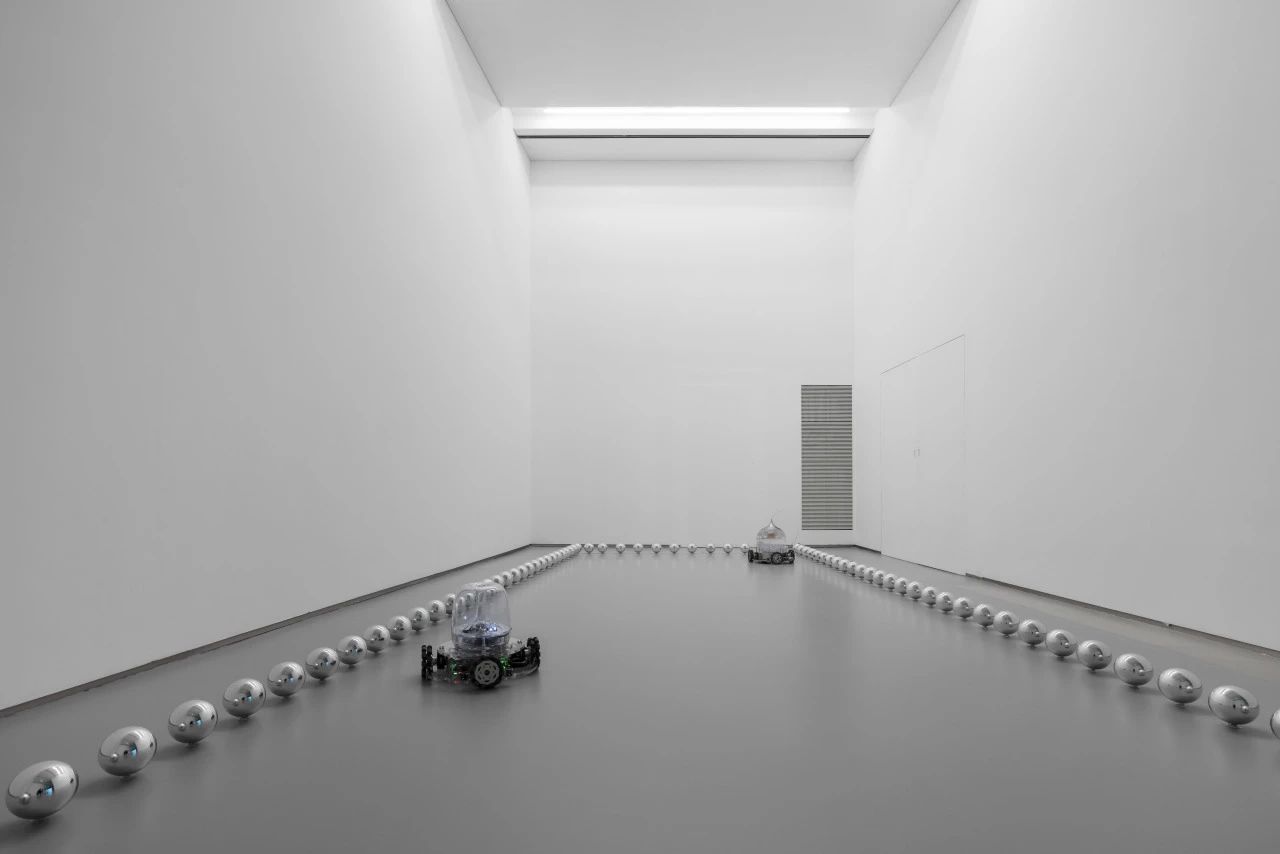
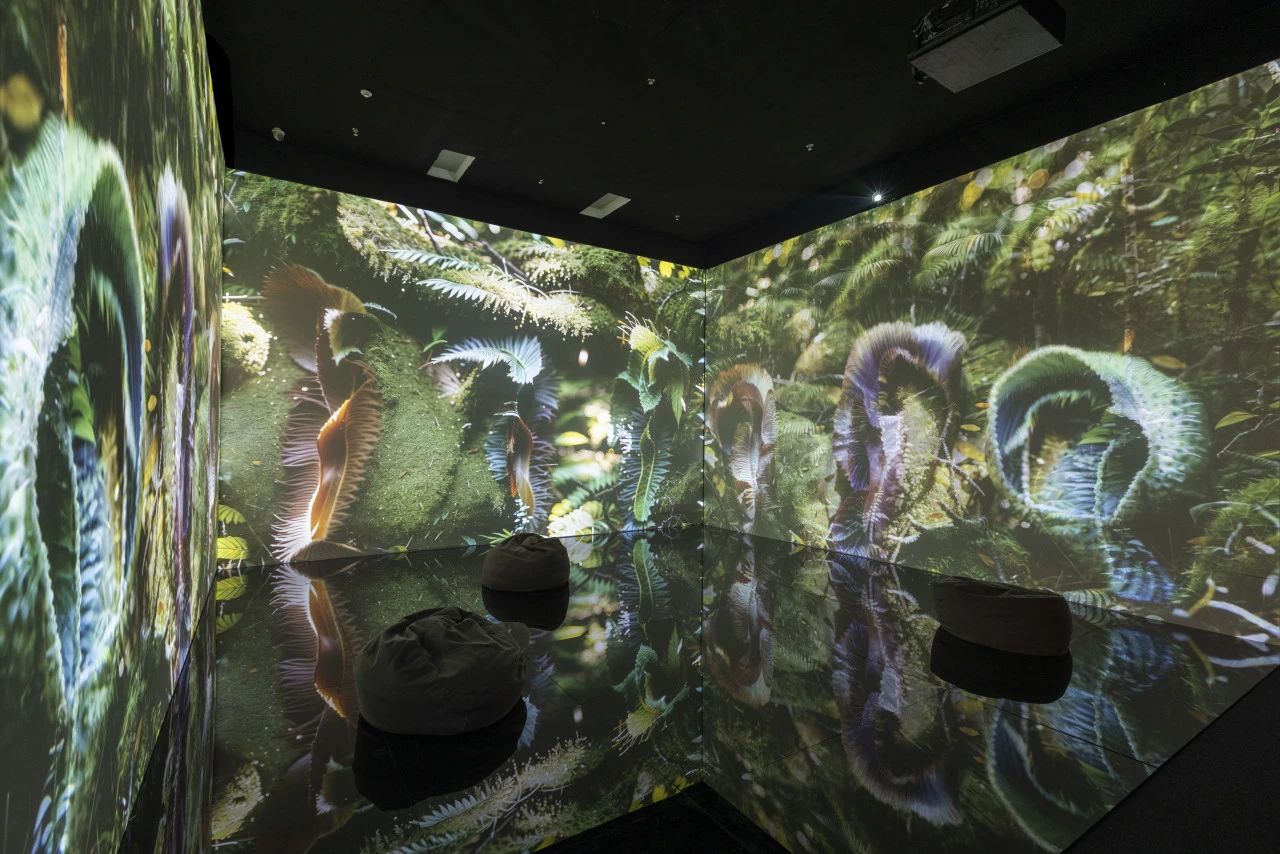
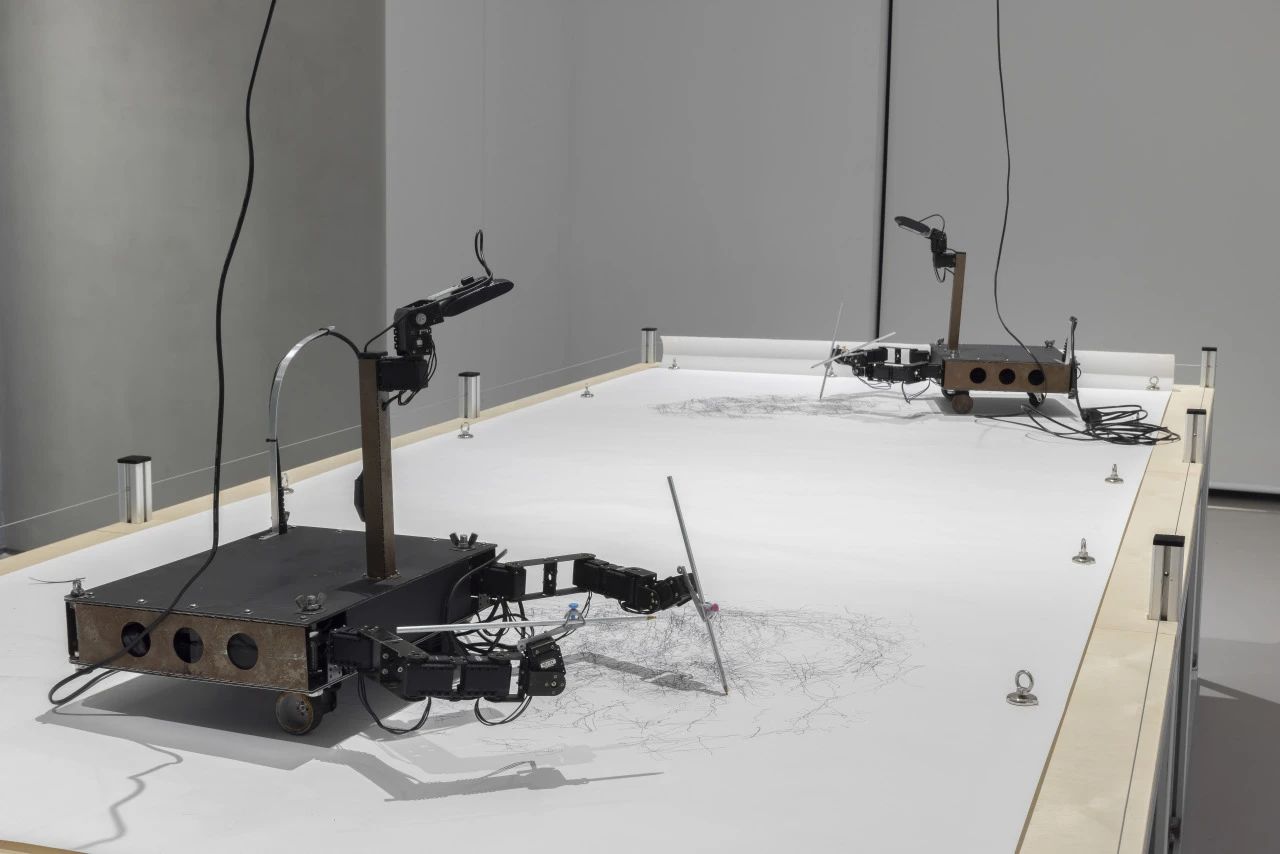 Exhibition View of “Creative Machine”, Image Courtesy Taikang Art Museum
Exhibition View of “Creative Machine”, Image Courtesy Taikang Art Museum
The exhibition starts with a sequence of works that can better present the current development of AI rather than narrating from the historical beginning of AI art: “Human Mutator Azure”, is a work created by William Latham in partnership with his long term collaborator Stephen Todd. The Kinect Azure system was applied with AI physics technology and computer vision to spawn 3D forms generated by their Mutator/ FormGrow Alife/AI system using the person’s body as the generator. It is also William Latham’s first Mutator work with a figurative dimension, as the viewer’s body and movements generate evolutionary forms clustered into human body derived organic shapes. Chando Ao’s “I'm a Fish” builds a complex and open system, conjunction with the robots, flora and fauna, software, food, machinery etc.. These works which interact with visitors and explore visual technology and perceptual experience, have vaguely told about some theme of art in the AI era: through program expression and processing, new art media are opening up to everyone who yearns for art.
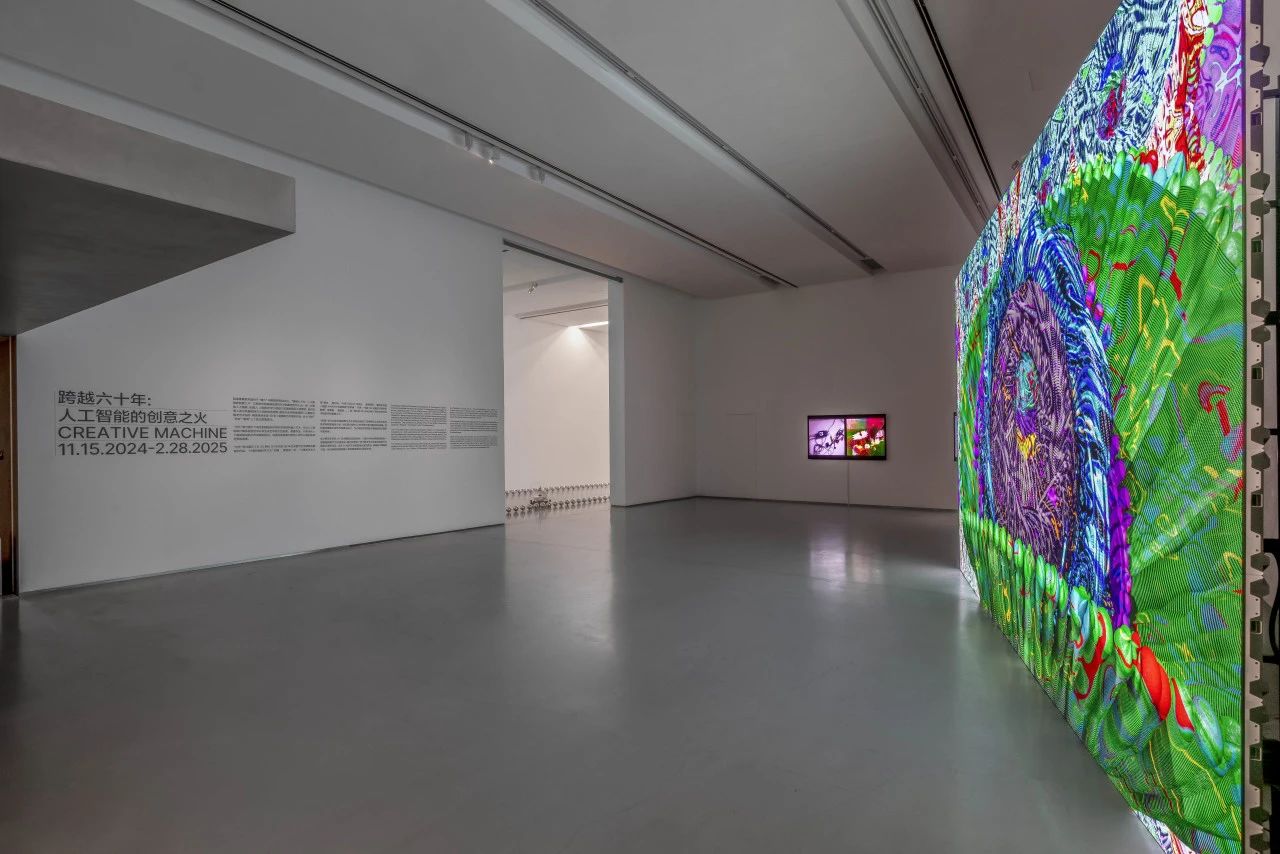 Exhibition View of “Creative Machine”, Image Courtesy Taikang Art Museum
Exhibition View of “Creative Machine”, Image Courtesy Taikang Art Museum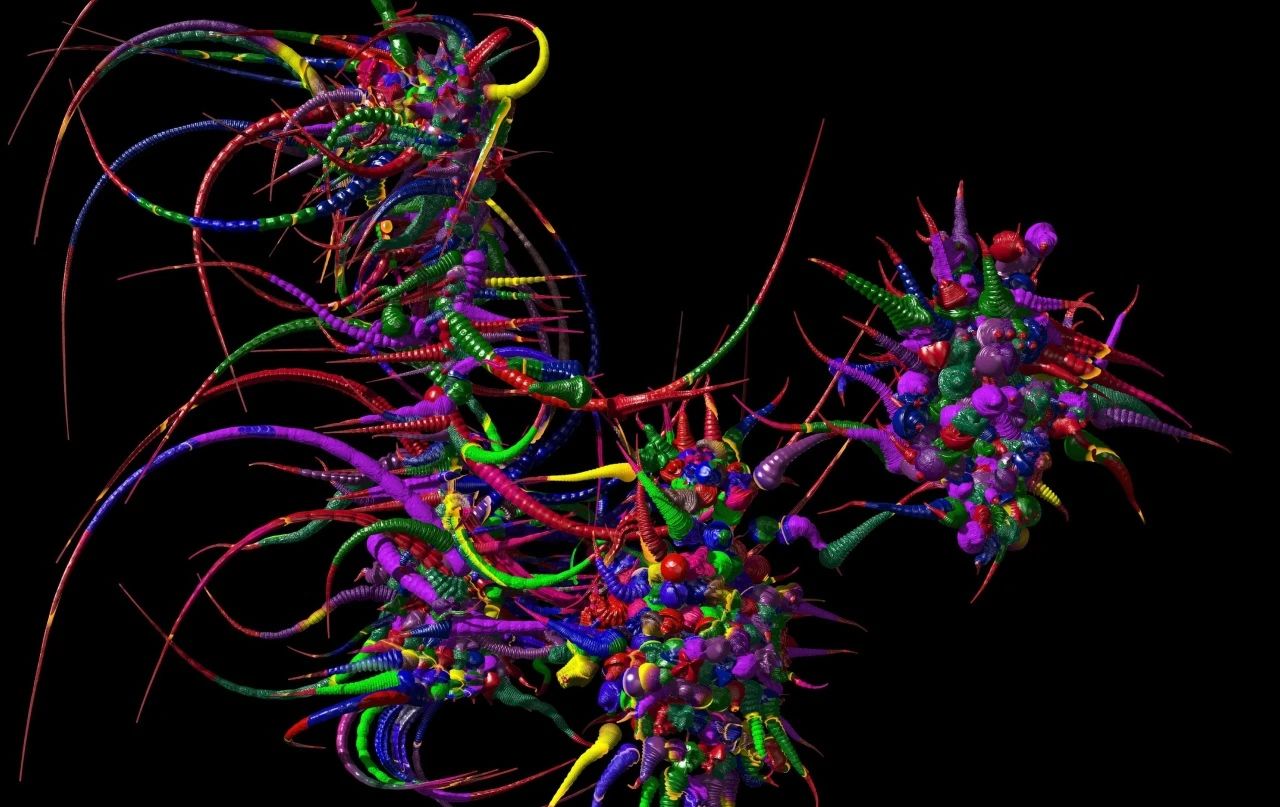
William Latham / Stephen Todd, Human Mutator Azure, 2024
Software: Mutator, Form Grow, Physics and AI software
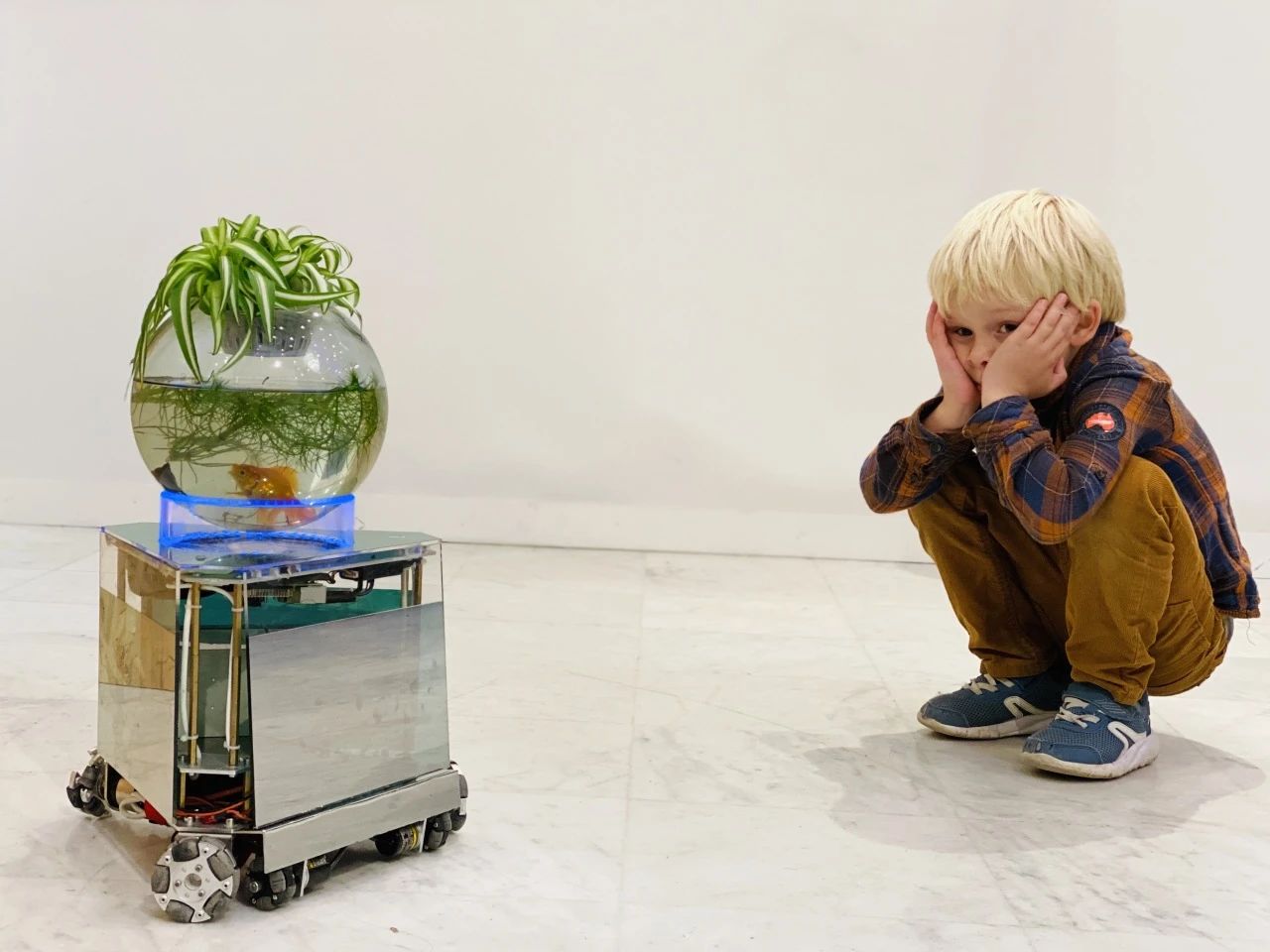
Chando Ao, I'm a Fish, 2018- ongoing, Installation
With this initial impression of the current AI art, visitors will step into the “historical” territory in flashback, retrospecting the early practitioners of computer art in the 1960s, who showed more simple mechanical art thinking with the support of computer technology that is far less mature than what we have applied today. Desmond Paul Henry’s “No. 634, Untitled”, and Herbert W. Franke’s “Einstein Digital”, these computer art works that seem to be a bit retro today, were limited by technical conditions. Artists used simple line drawings or pixelated expressions, such as “From Sydney (one)” by Ernest Edmonds, “Game of Life” by John Horton Conway and other works have a simple and concise aesthetic commonality. However, the concept of human-computer interaction has begun to take shape in the form of computer simulation and reproduction during this period, and there is also a shadow of “history” reflected in today’s AI art.
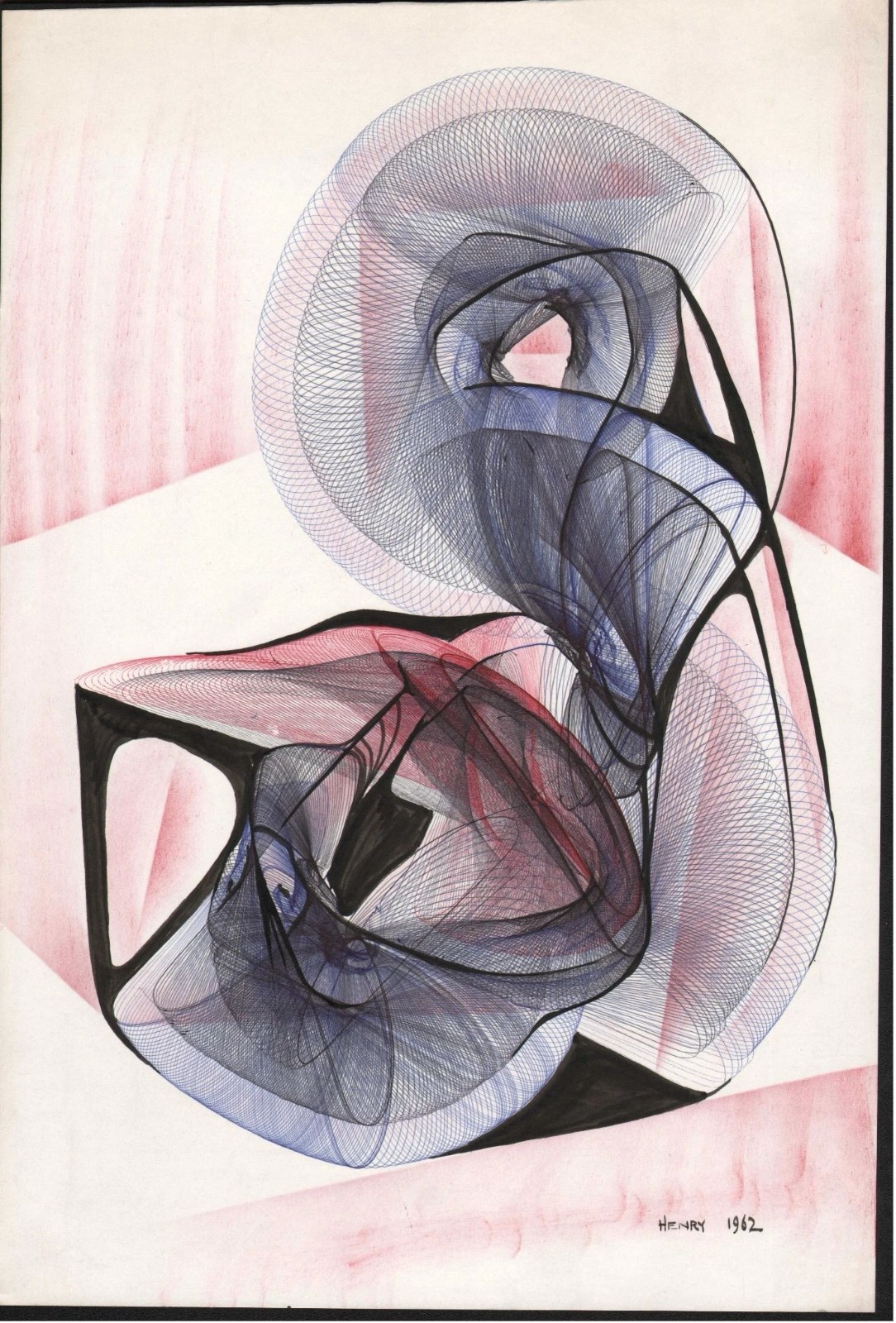
Desmond Paul Henry, No. 634, Untitled, 1962
Drawing on paper, 49×53 cm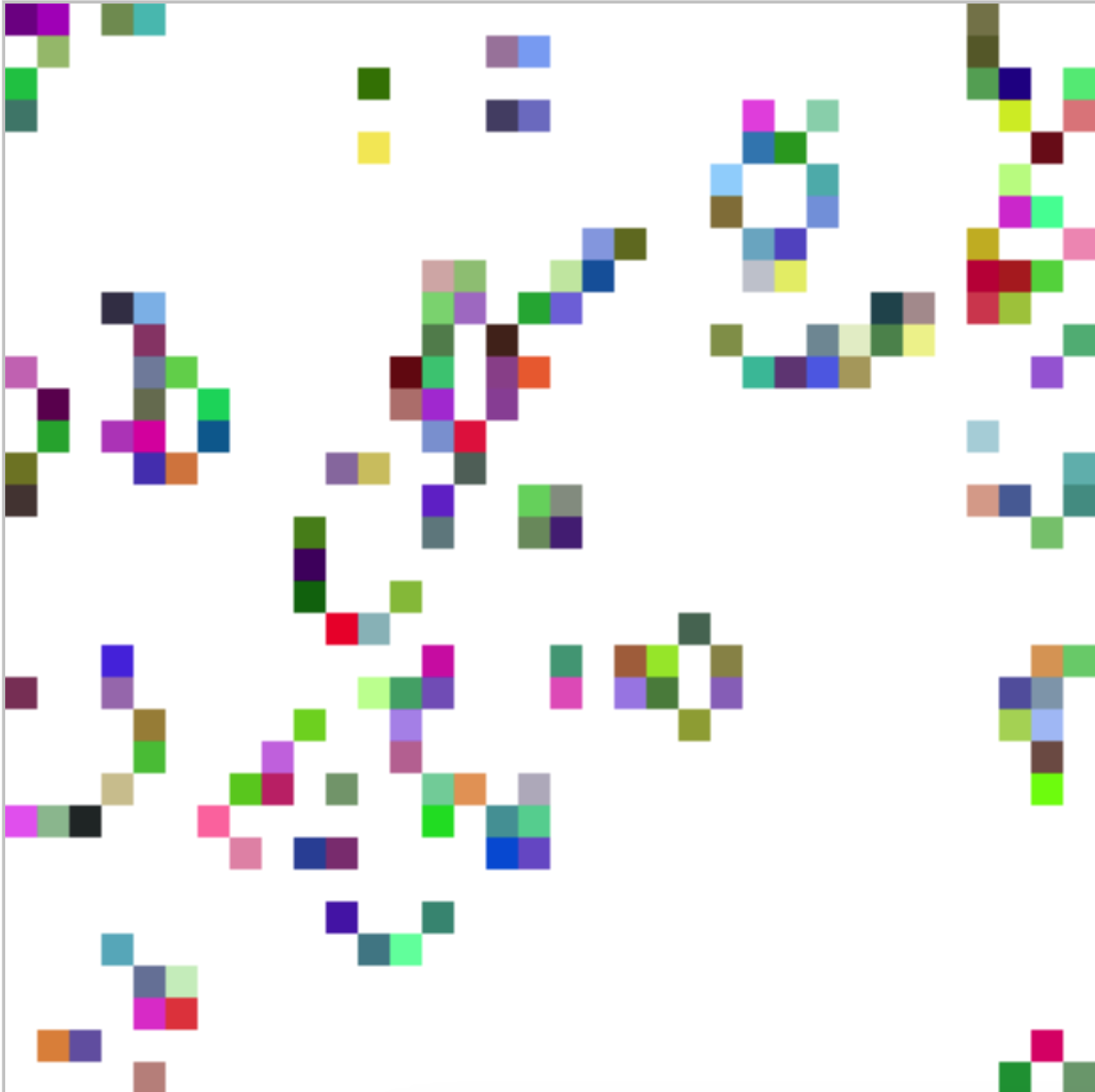
John Horton Conway, Game of Life, 1970
Interactive software, Developer:Matt Ruten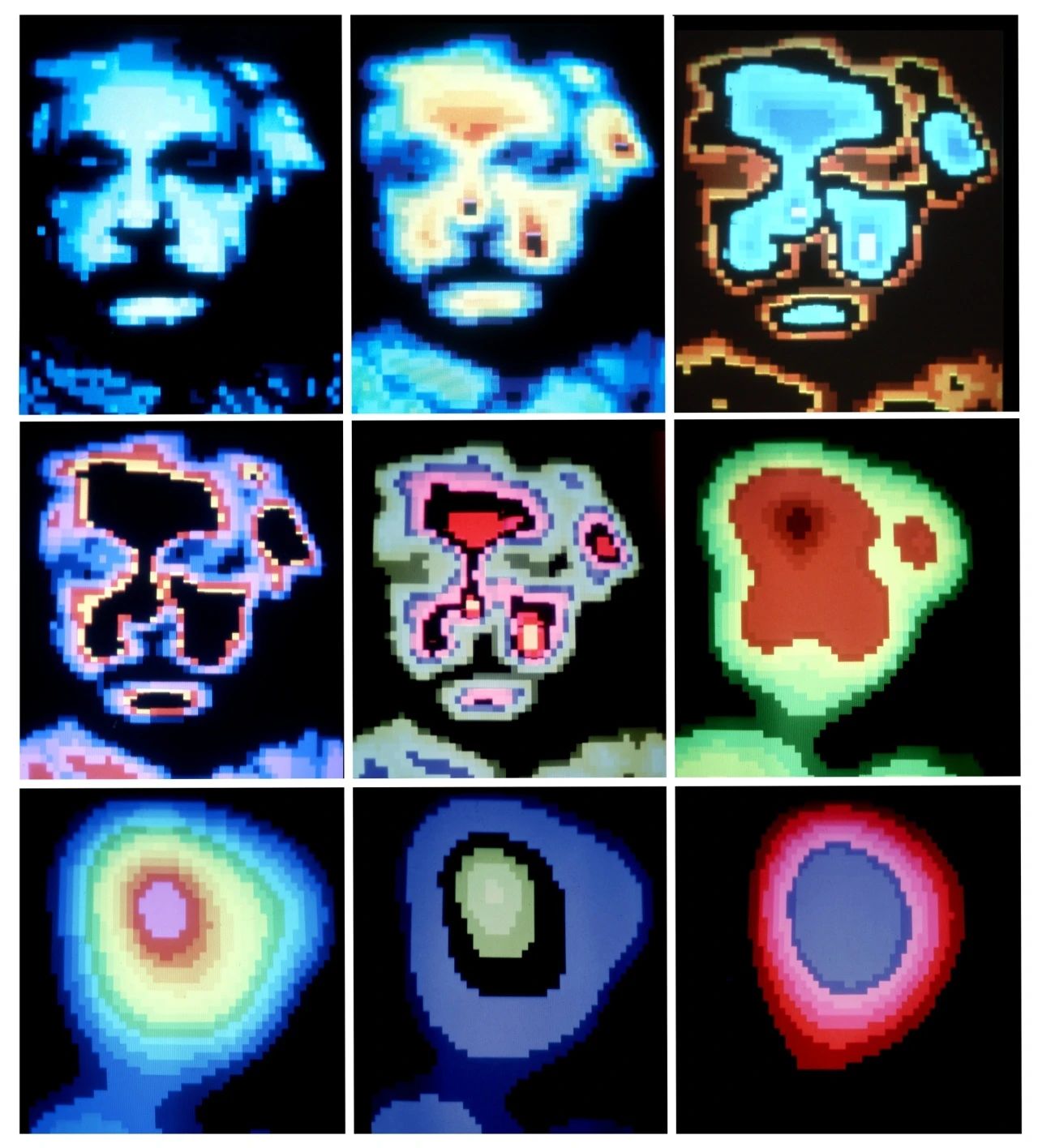
Herbert W. Franke, Einstein Digital Series, 1974
Vintage print edition of picture processing images, 55×50 cm
Courtesy of Dr. Susanne Paech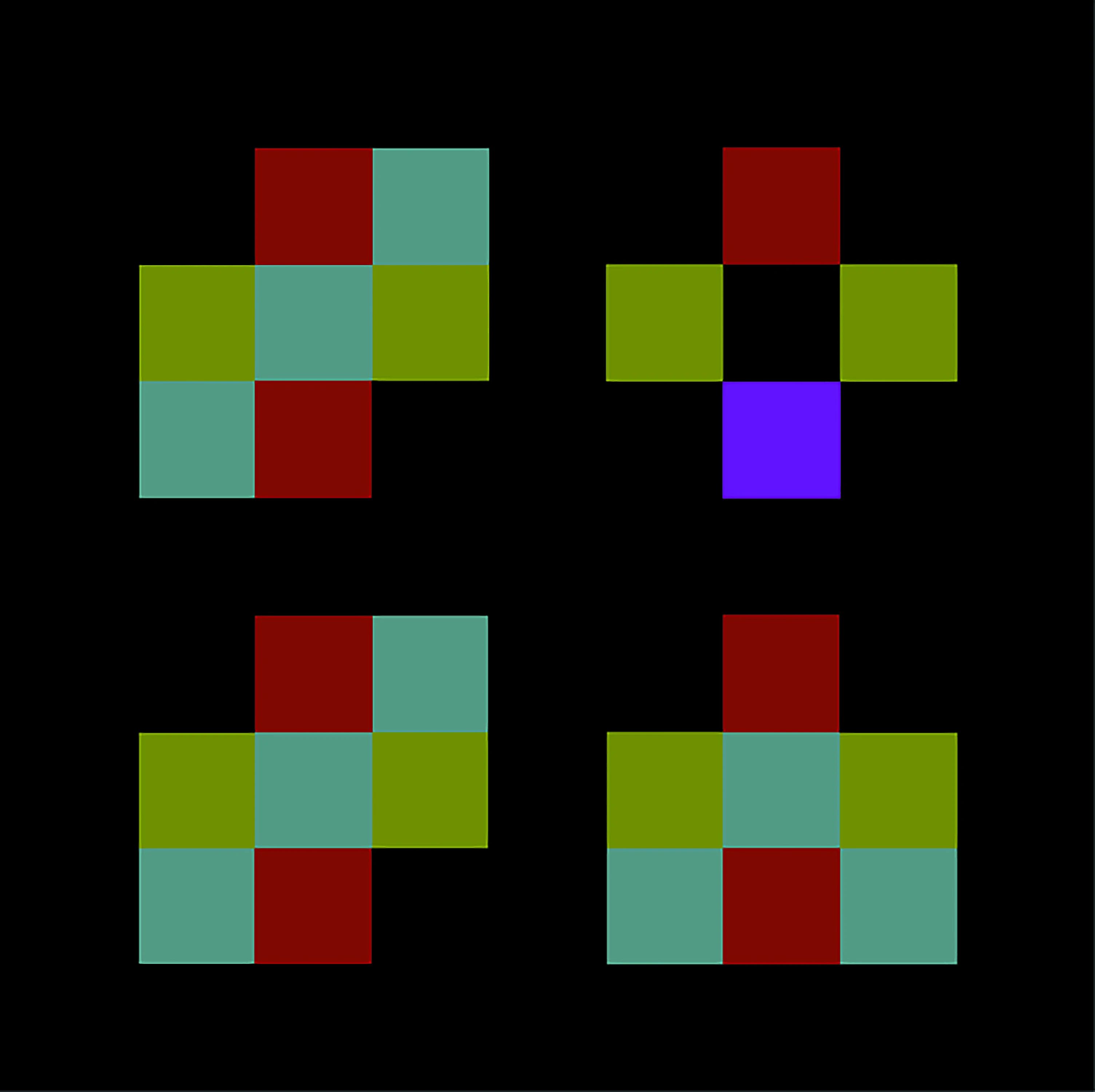
Ernest Edmonds, From Sydney (one), 1999
Digital print, 53×53 cm
Courtesy of Computer Arts Archive
If most of the concepts were trapped in the cage of scientific and technological development and seemed to be a bit useless in “Historical”, in the 21st century, artists have presented their ideas in more diversified ways with the support of scientific and technological conditions in “Contemporary”. The influence of AI technology on art is more reflected in the interdisciplinary vision, wider application of technology and in-depth thinking about technology itself, and new technologies are helping digital artists to explore broader areas which remain to be unknown.
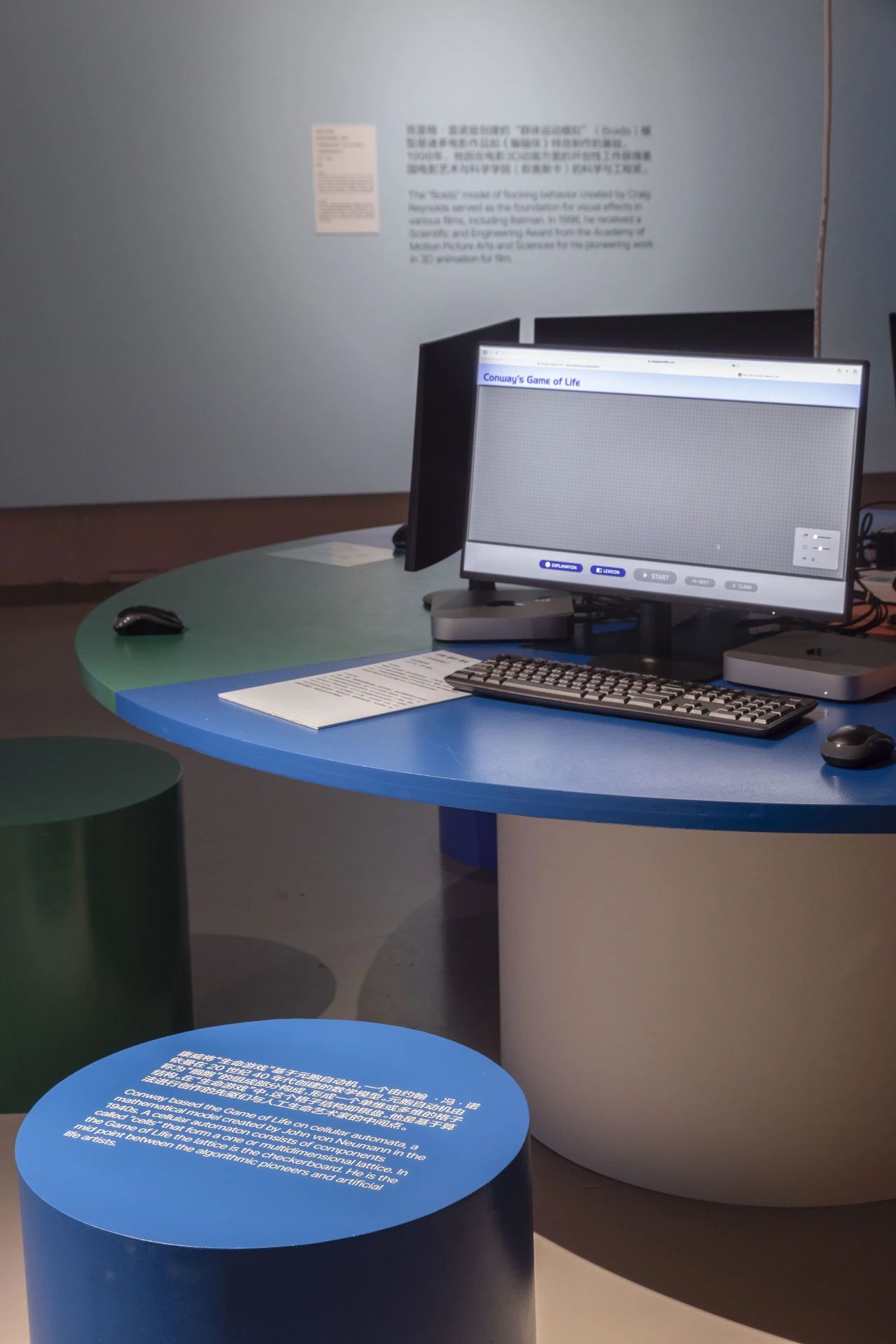
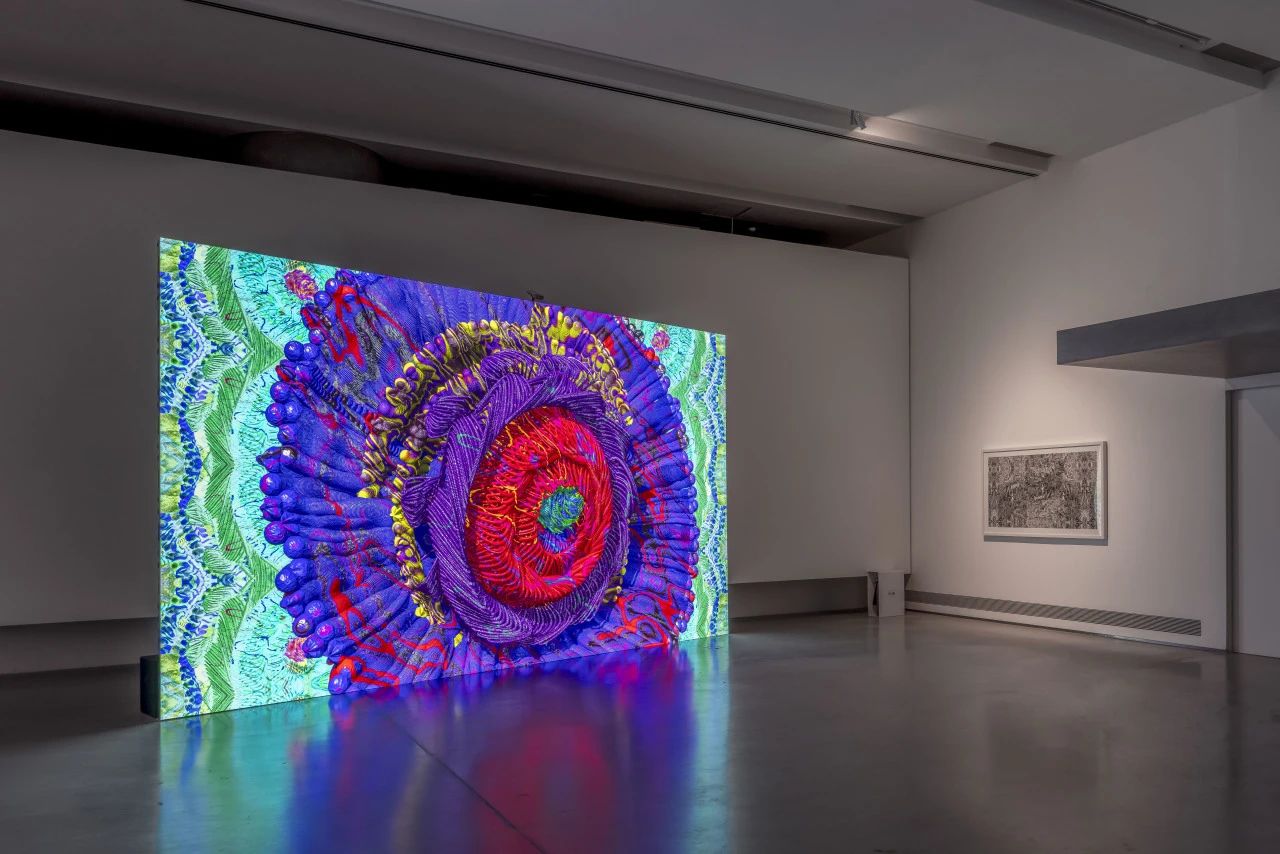
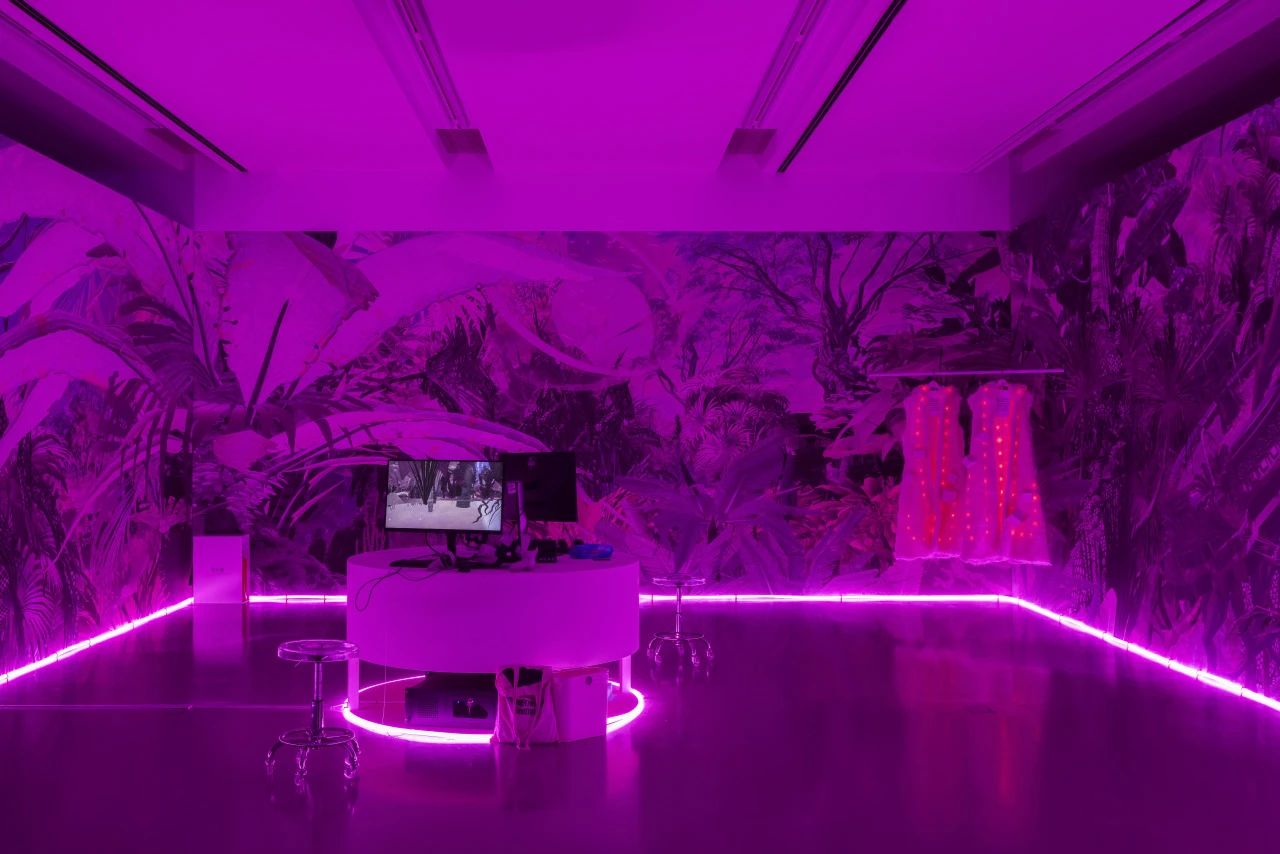
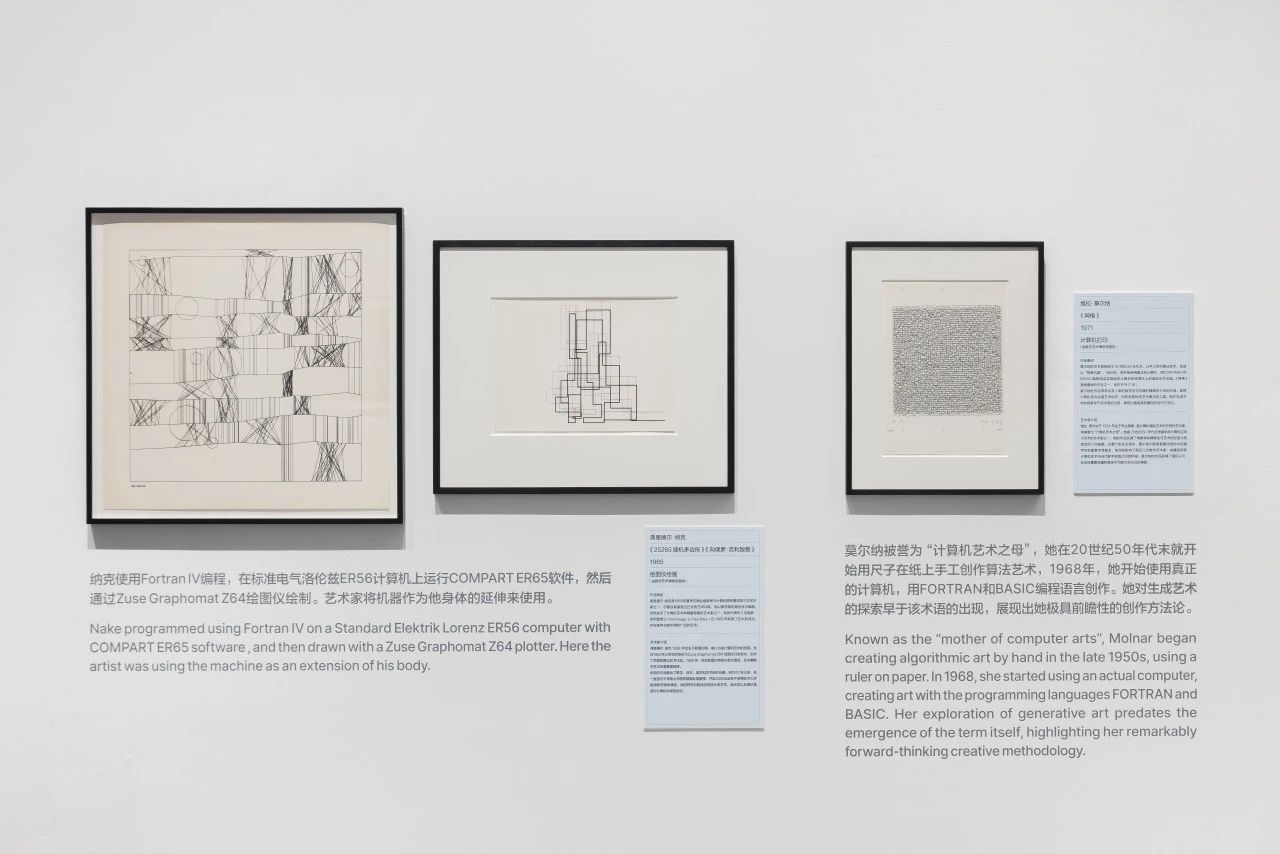 Exhibition View of “Creative Machine”, Image Courtesy Taikang Art Museum
Exhibition View of “Creative Machine”, Image Courtesy Taikang Art Museum
Memo Akten has been a regular exhibitor in the Creative Machine Exhibition since its inception in 2014 and his work continues to surprise and excite audiences around the world, with the work on show “Learning to See: A Melancholy Sunday (Interactive Edition)” in the exhibition being most recently exhibited in Venice. Memo Akten applied machine learning algorithms to create an artificial neural network system that attempts to provide people with a new perspective of “seeing”, and it is actually about how people reflect on themselves, understand the world, and explore the precious possibilities of human understanding and empathy. After her early and highly successful career as a painter well, Yajuan Han is now showing her “Cyber JiangHu” composed of videos, VR work animations and games internationally to great acclaim. The other outstanding Chinese artists’ works including Liu Jiayu’s “Waves of Code” which turns gallery space into a portal between the virtual and real worlds, prompting us to rethink our position within it.
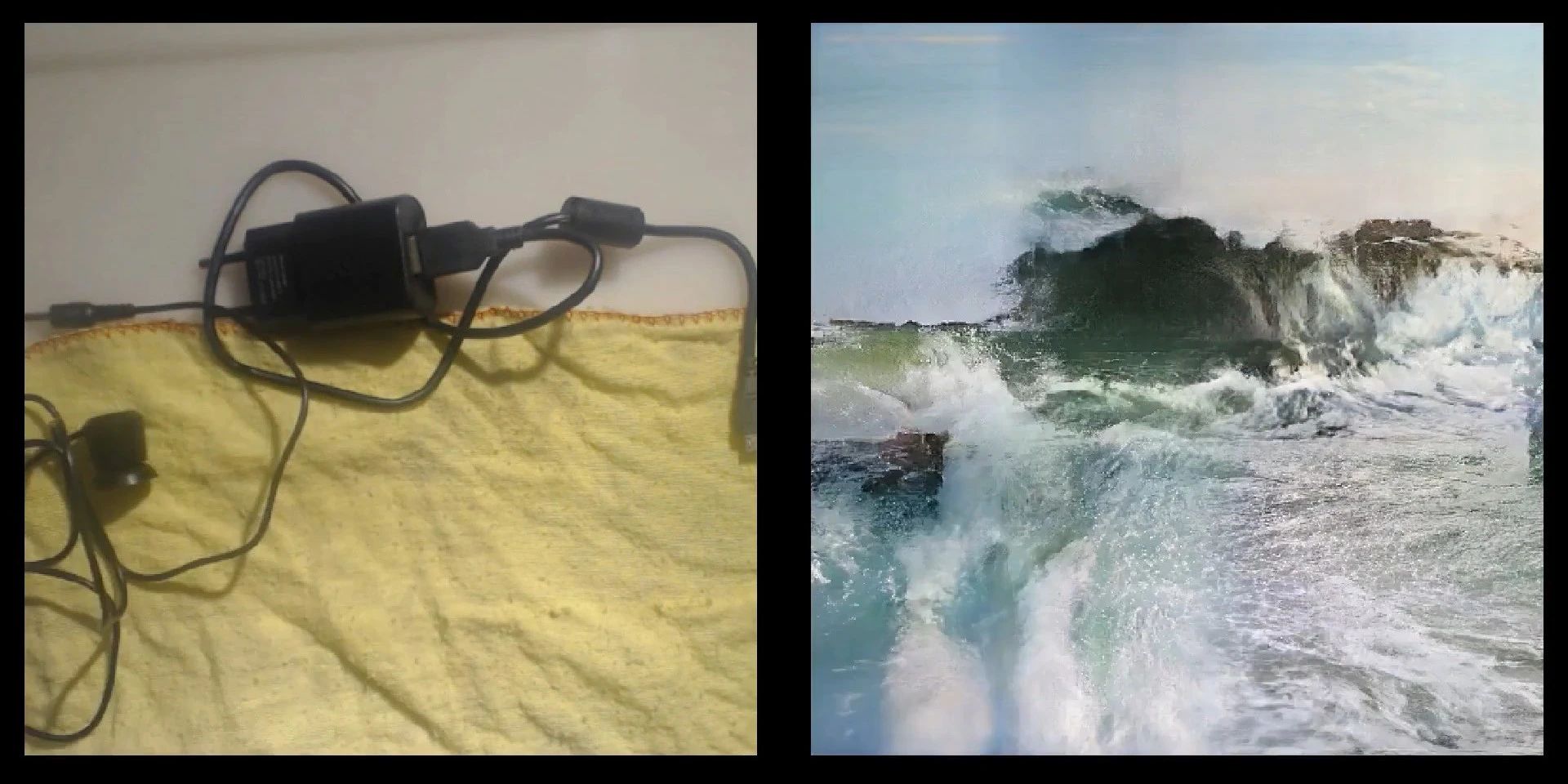
Memo Akten, Learning to see (Interactive Version), 2017, Interactive installation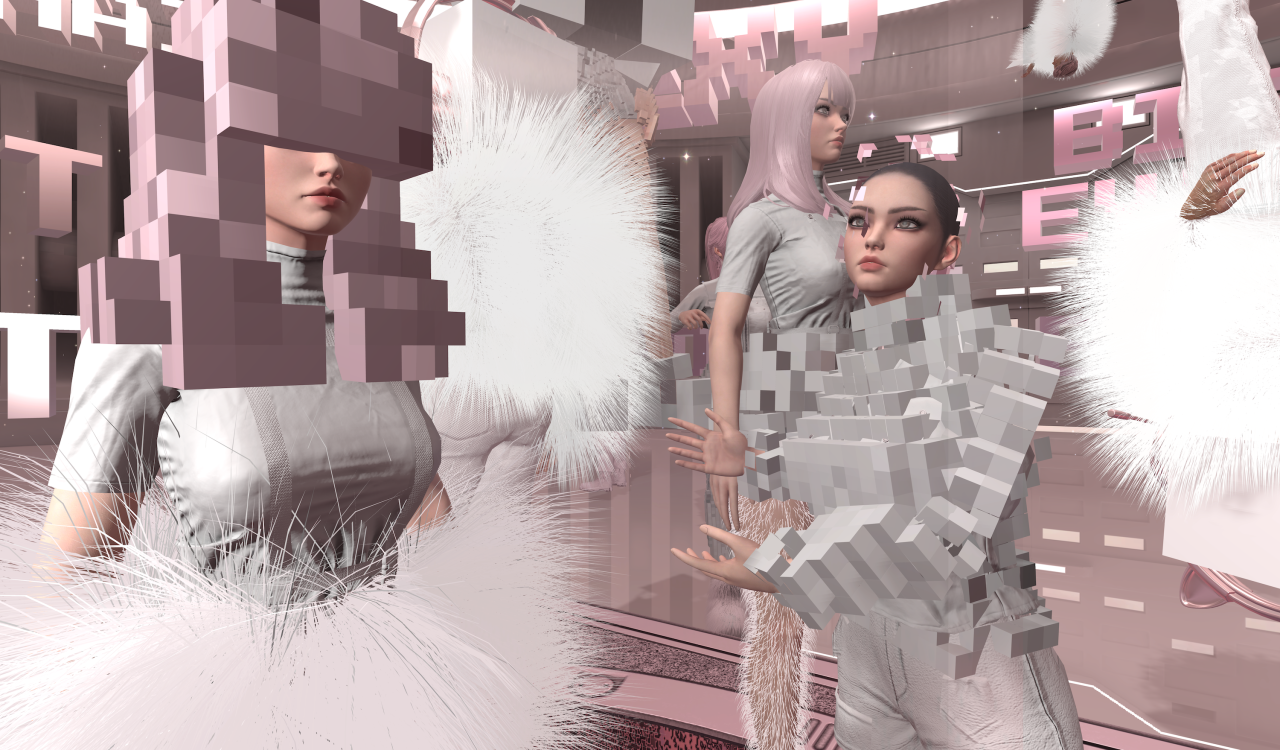
Han Yajuan, Cyber JiangHu, 2020-ongoing
VR GameArt, Version: 1.1.1, Technical Support: Dang Yongkang
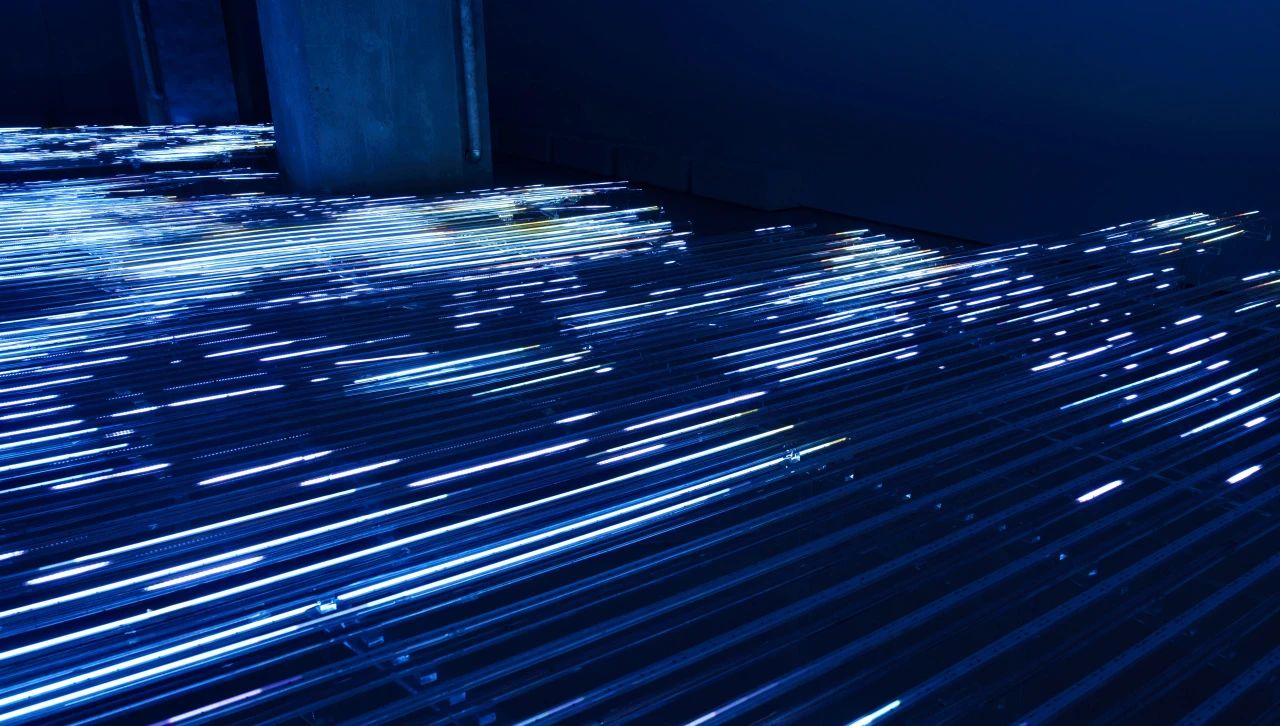
Liu Jiayu, Waves of Code, 2023
Acrylic, LEDstrip, 1400×564×84cm
Software: AIGC, Houdini, Touchdesigner, C++
Hardware:CNC, Laser cutting, Title generated by Chatgpt
As Tang Xi put forward in her curatorial essay “Revisiting Six Decades of Creative Spark: AI in the Digital Visual Arts”: “What is human creativity? What is art? Perhaps it’s necessary to reframe these inquiries through the lens of AI and technological advancement.” In the age of AI, artists have a new vision and context to answer these two questions. Just like two works in this exhibition that also choose to use machines to explore the ontology of creation: Patrick Tresset’s “Human Study #1” and Parashakev Nachev’s “Canonical Portrait Series—All great philosophers” (2014). Patrick Tresset's participatory robot installation “Human Study #1” makes people models of robots in a “sketching lesson” and the use of purely machine means to restore the creative process of painting may be seen as a contemplation of the artist’s artistic creation.
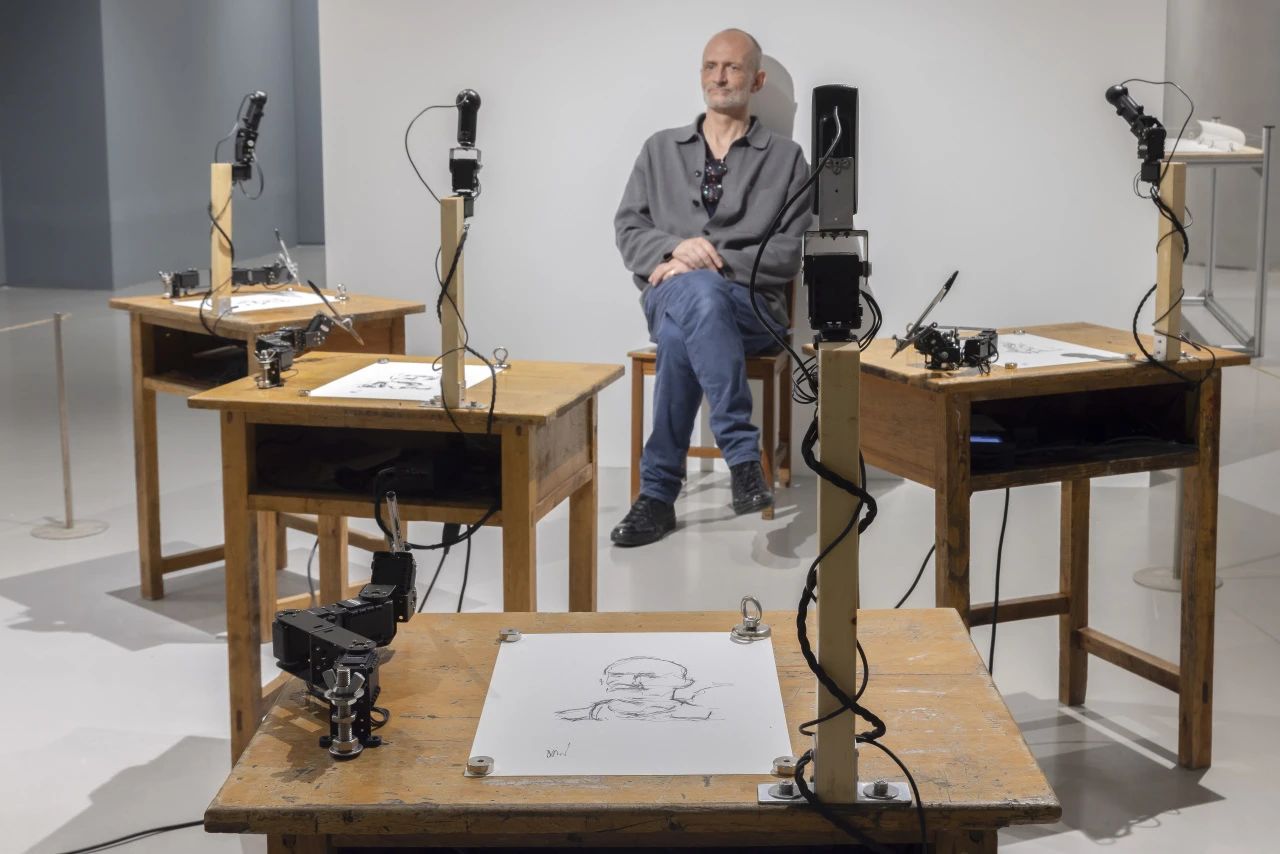
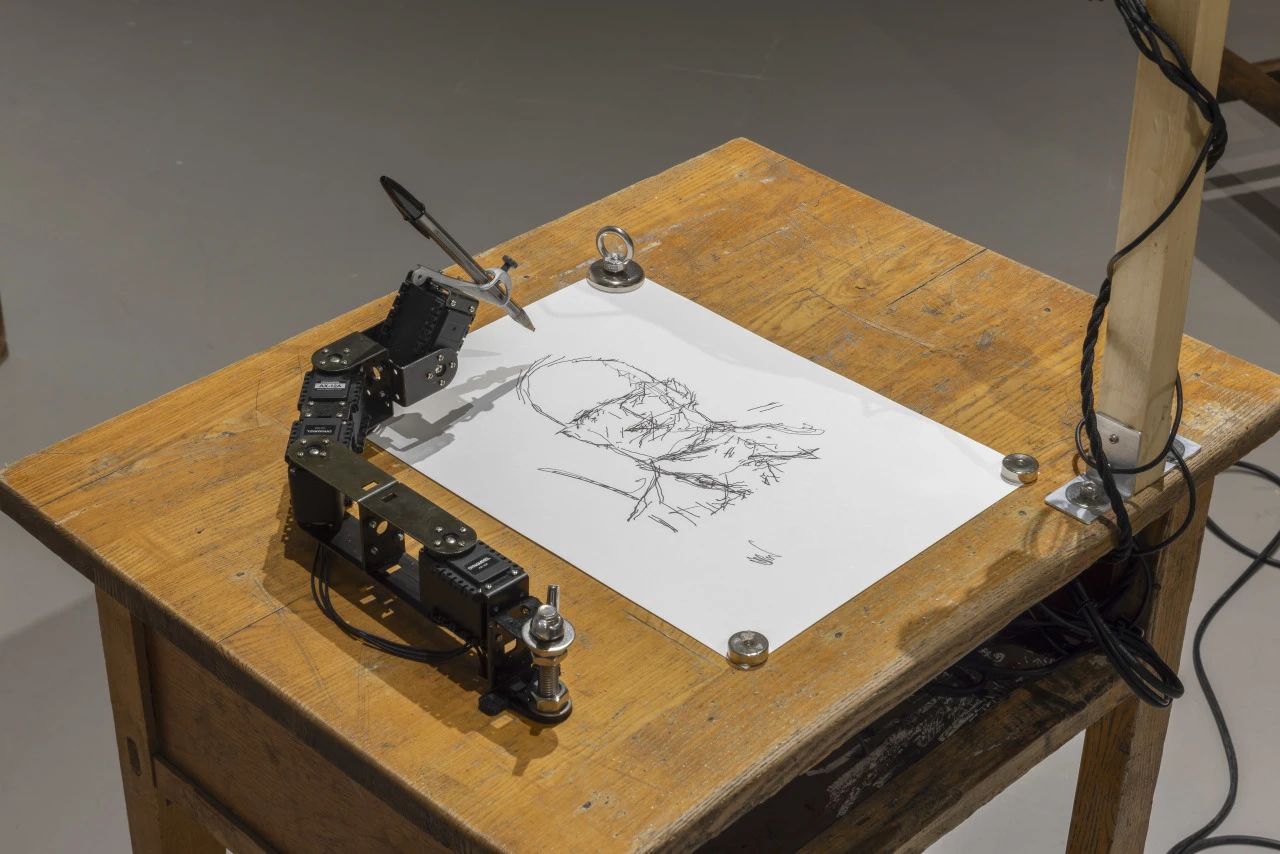
Patrick Tresset, Human Study #1, 2012-2024
Participatory robotic installation
In the “Canonical Portraits” series by neuroscientist and cognitive neuroscientist Pareshkev Nachev, he uses the special ability of technology to retrieve and combine, by training a self-organizing mathematical entity, extracting images from thousands of real details, and drawing the closest to universal “portraits” of famous philosophers in history. Through the non-subjective nature of machine, his work explores the spark of creativity in technology. And this may be the change in the answers to the above two questions brought about by AI. In the future world where humans and machines will coexist, AI tools will break boundaries and lead the direction of art development to a broader field.
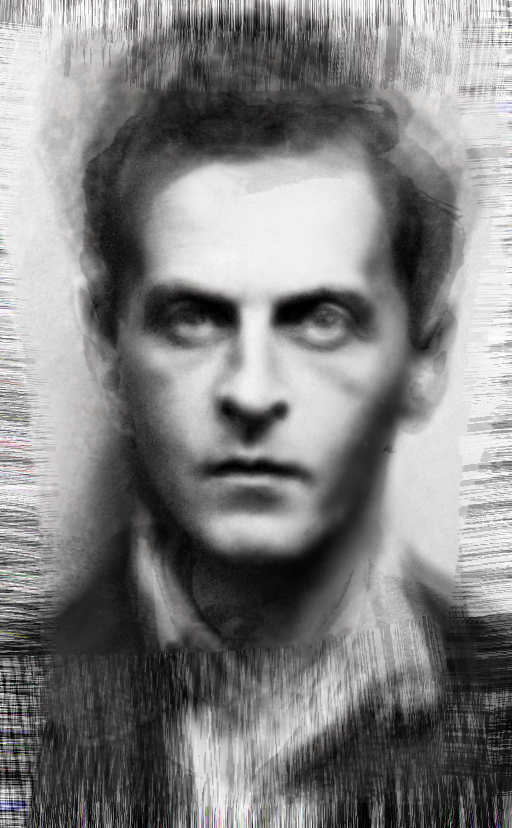
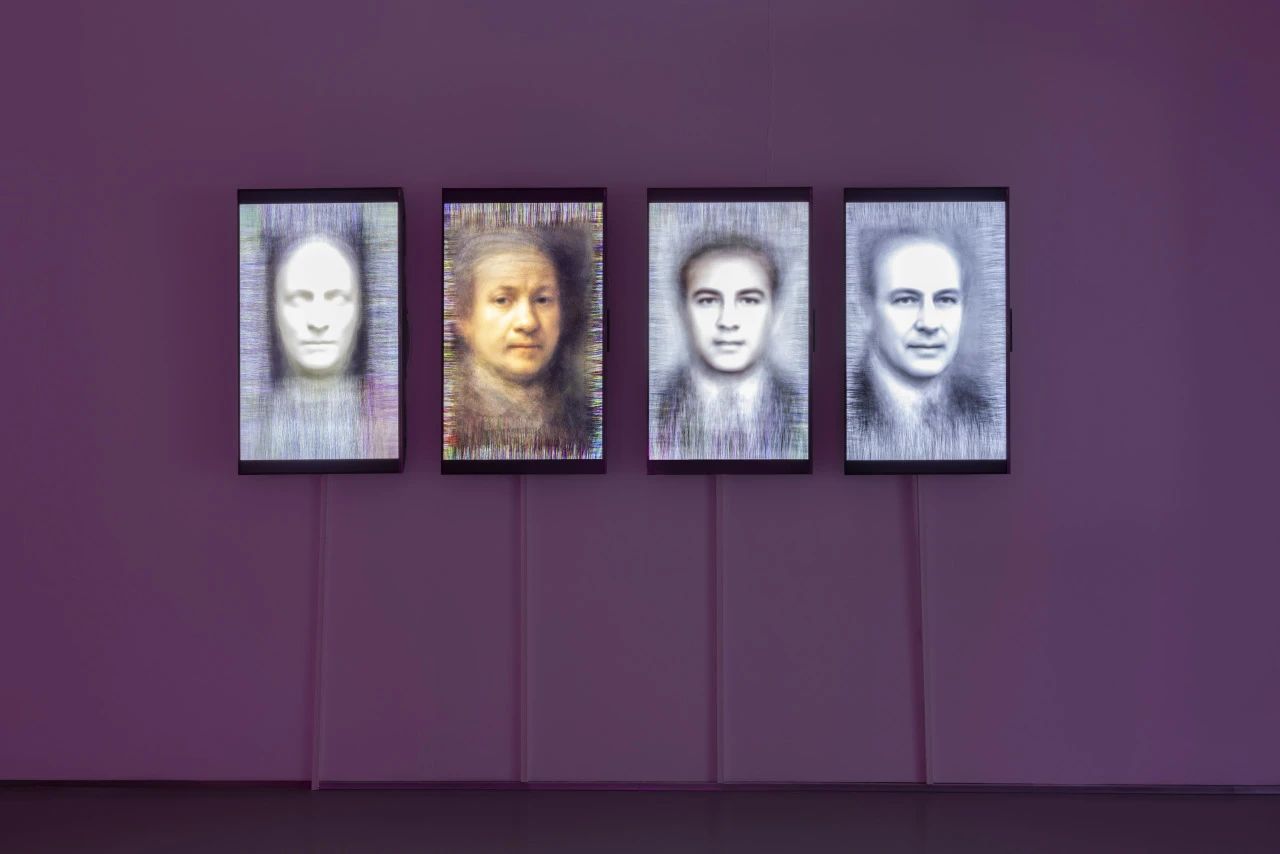
Parashkev Nachev, Canonical Portrait Series - All great philosophers, 2014, Digital images
Edited (CN) by Kong Lingda, edited (EN) by Sue/CAFA ART INFO
About the Exhibition
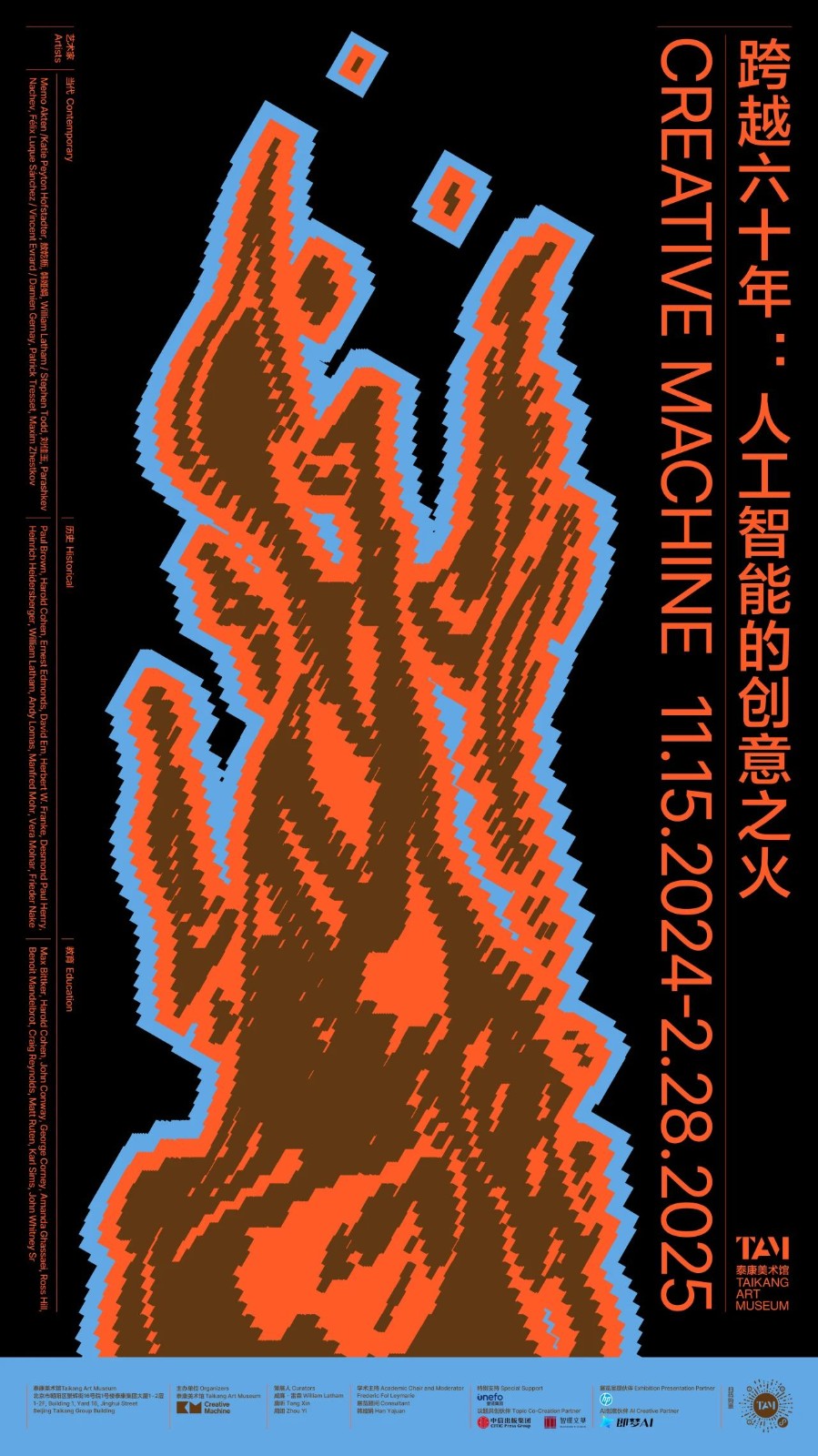
Duration: 2024.11.16-2025.2.28
Organizers: Taikang Art Museum, Creative Machine
Curators: William Latham, Tang Xin, Zhou Yi
Academic Chair and Moderator: Frederic Fol Leymarie
Consultant: Han Yajuan
Location: Taikang Art Museum 1-2F, Building 1,Yard 16, Jinghui Street, Beijing Taikang Group Building
Opening Hours: Tuesday-Sunday 10:00-17:30 (the latest entry time: 16:30)
Artists:
Contemporary
Memo Akten / Katie Peyton Hofstadter, Chando Ao, Han Yajuan, William Latham / Stephen Todd, Liu Jiayu, Parashkev Nachev, Félix Luque Sánchez / Vincent Evrard / Damien Gernay, Patrick Tresset, Maxim Zhestkov
Historical
Paul Brown, Harold Cohen, Ernest Edmonds, David Em, Herbert W. Franke, Desmond Paul Henry, Heinrich Heidersberger, William Latham, Andy Lomas, Manfred Mohr, Vera Molnar, Frieder Nake
Education
Max Bittker, Harold Cohen, John Horton Conway, George Corney, Amanda Ghassaei, Ross Hill, Benoit Mandelbrot, Craig Reynolds, Matt Ruten, Karl Sims, John Whitney Sr
Courtesy of Taikang Art Museum.


